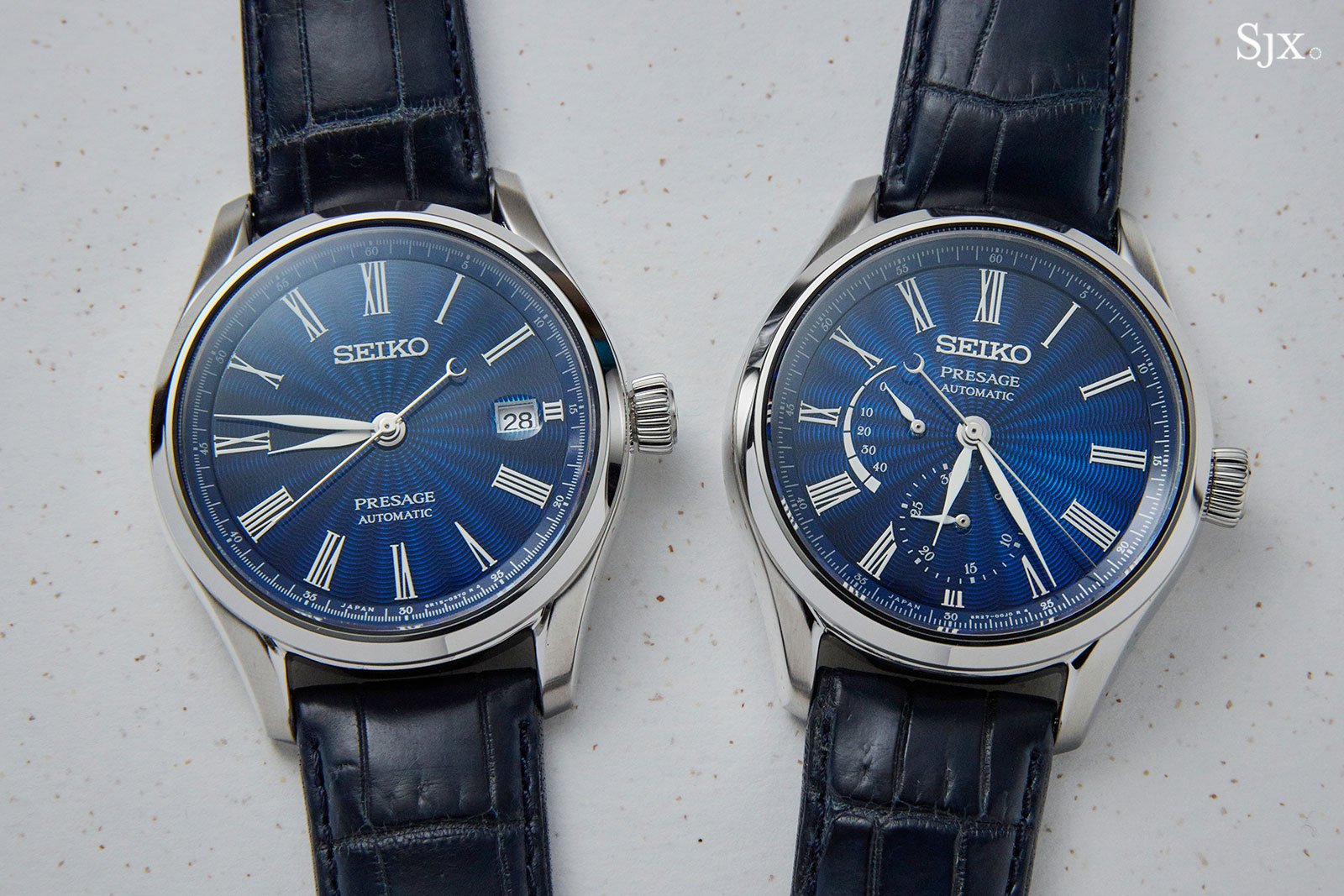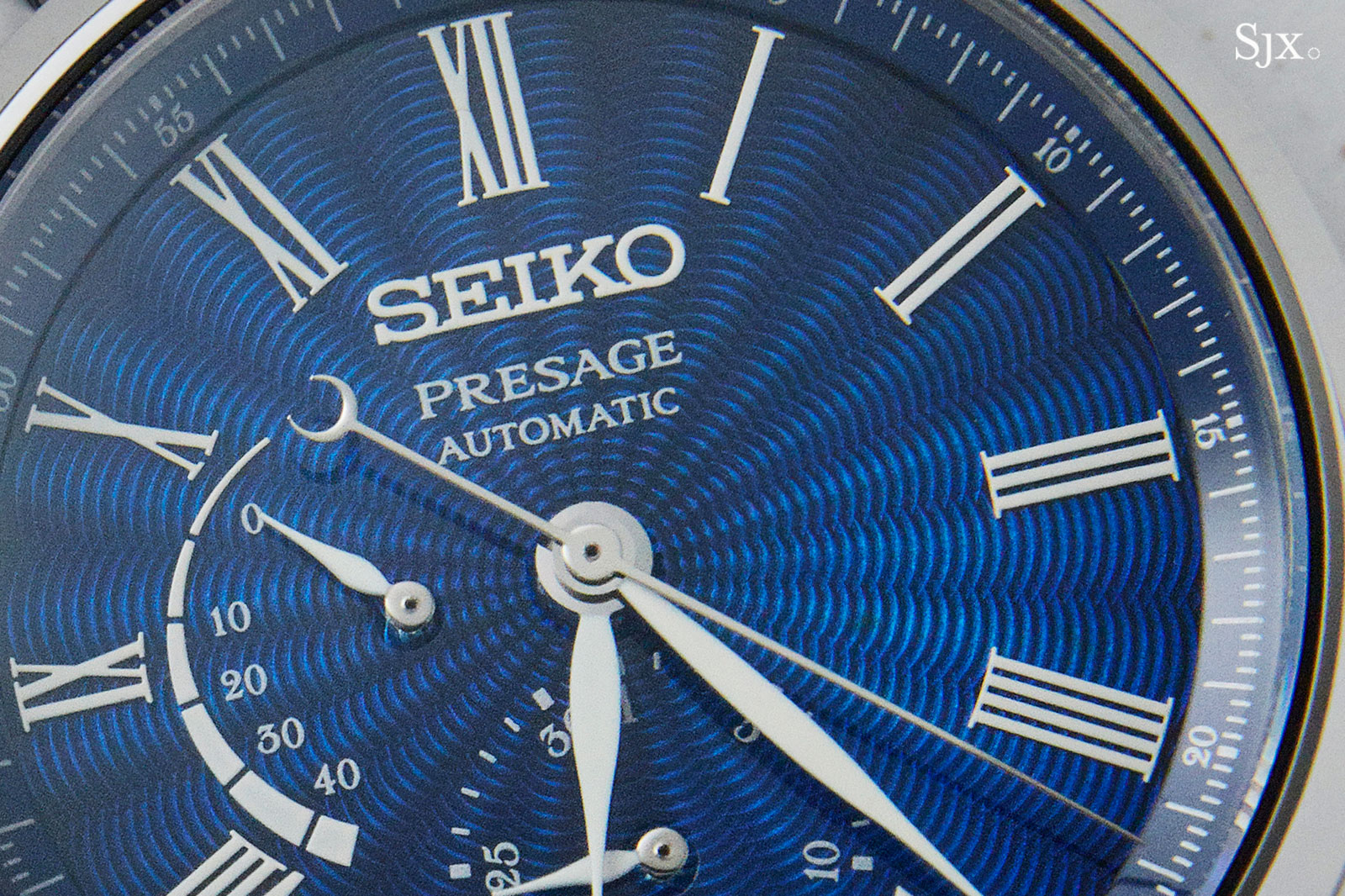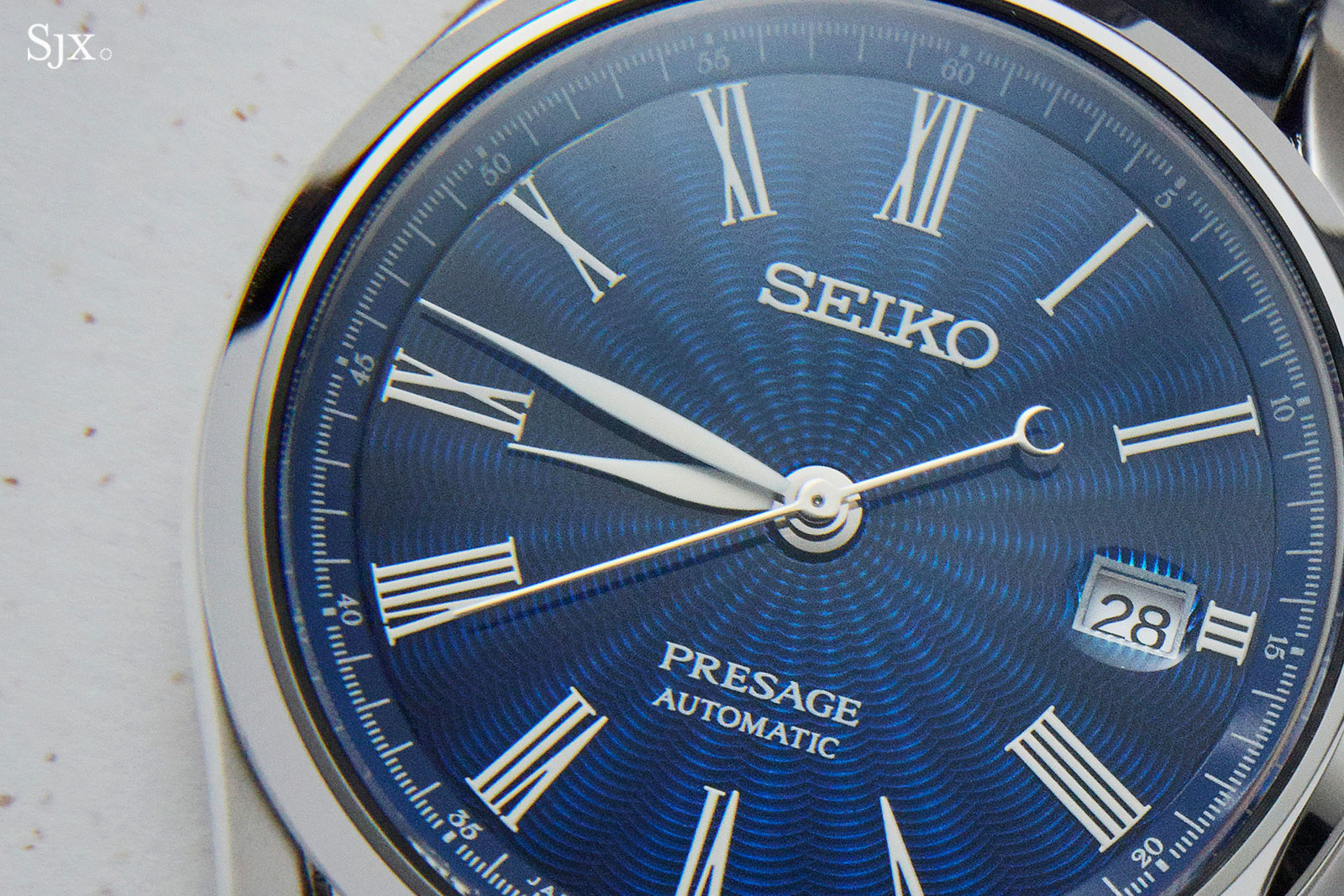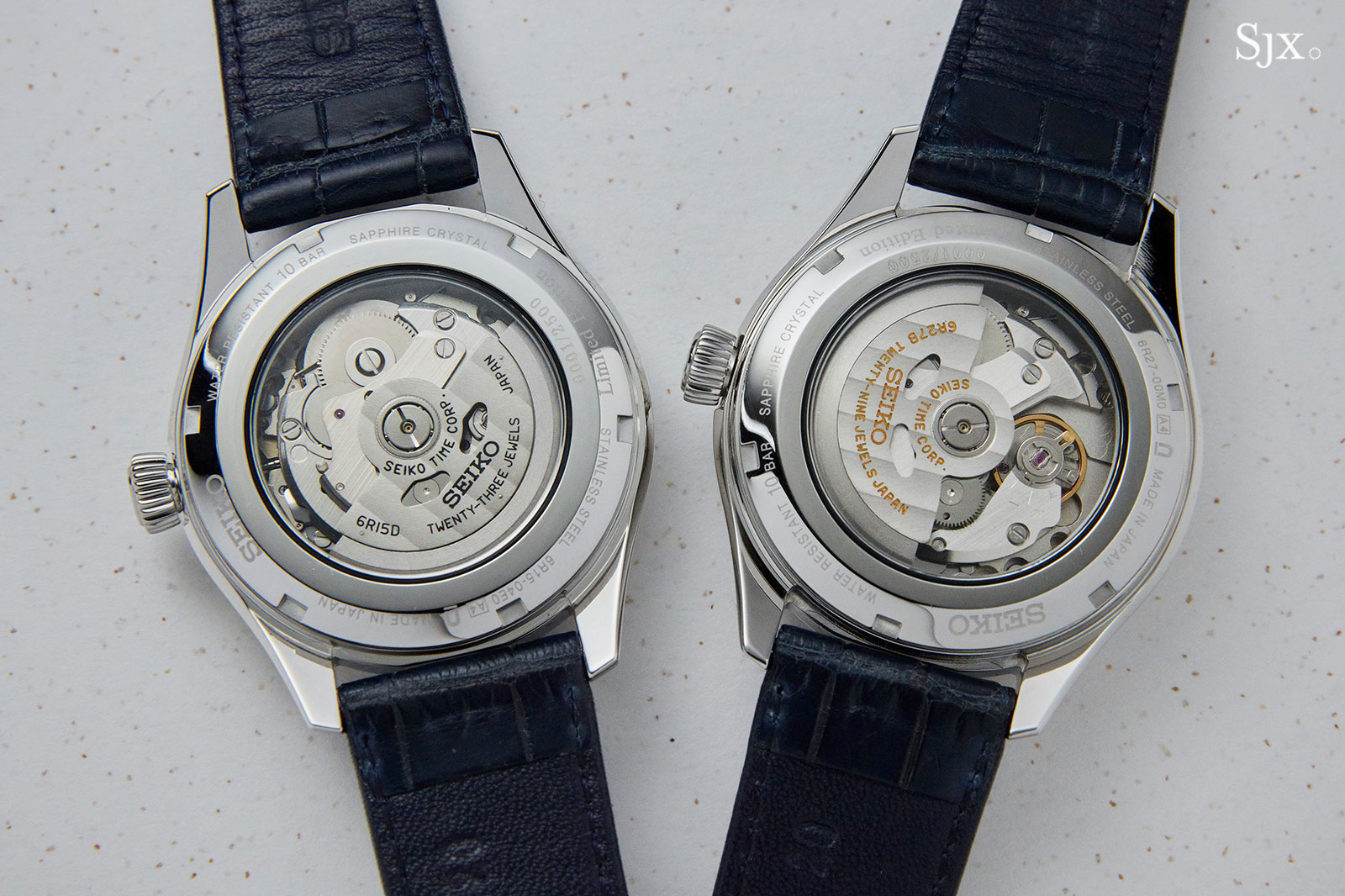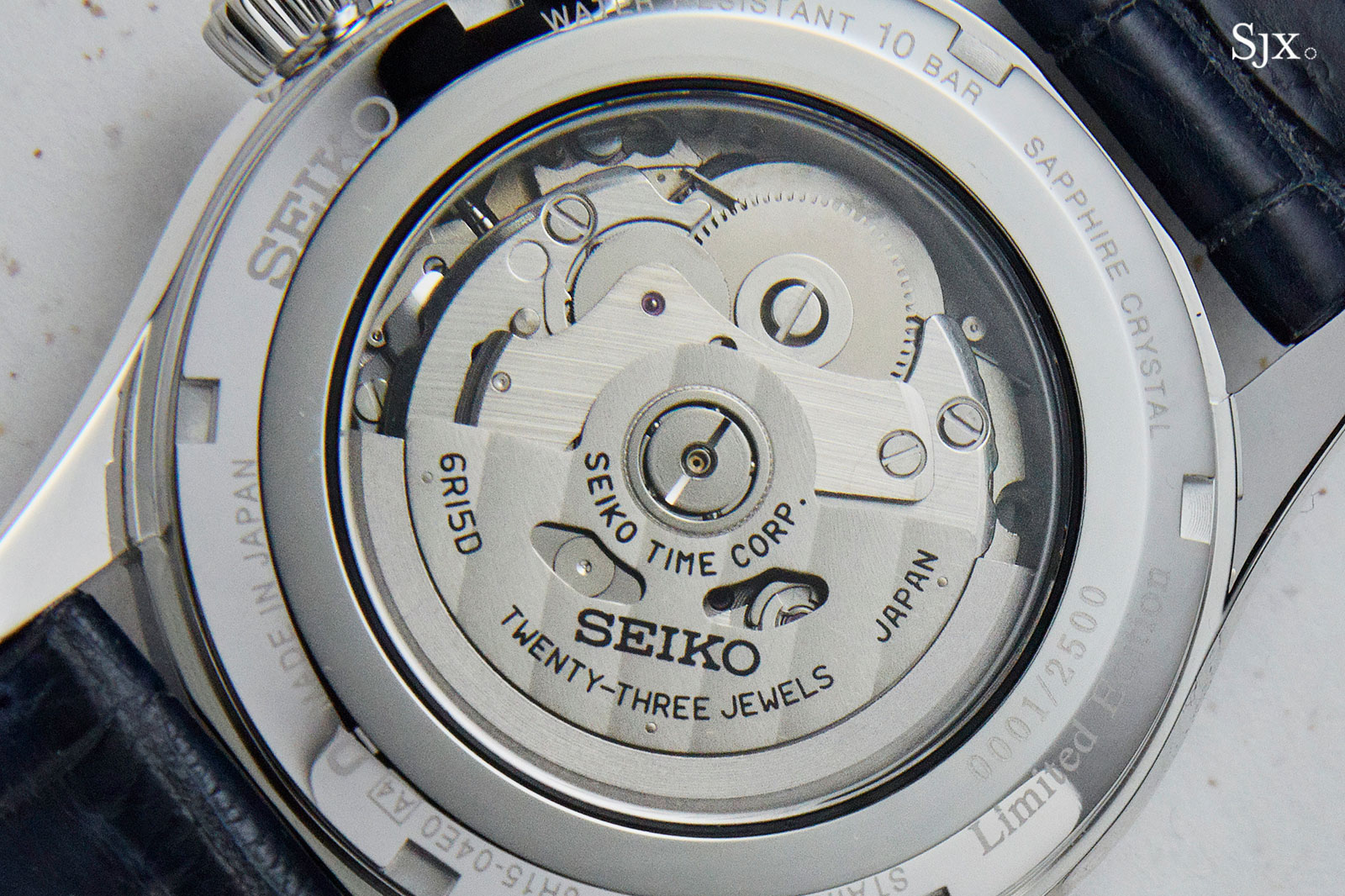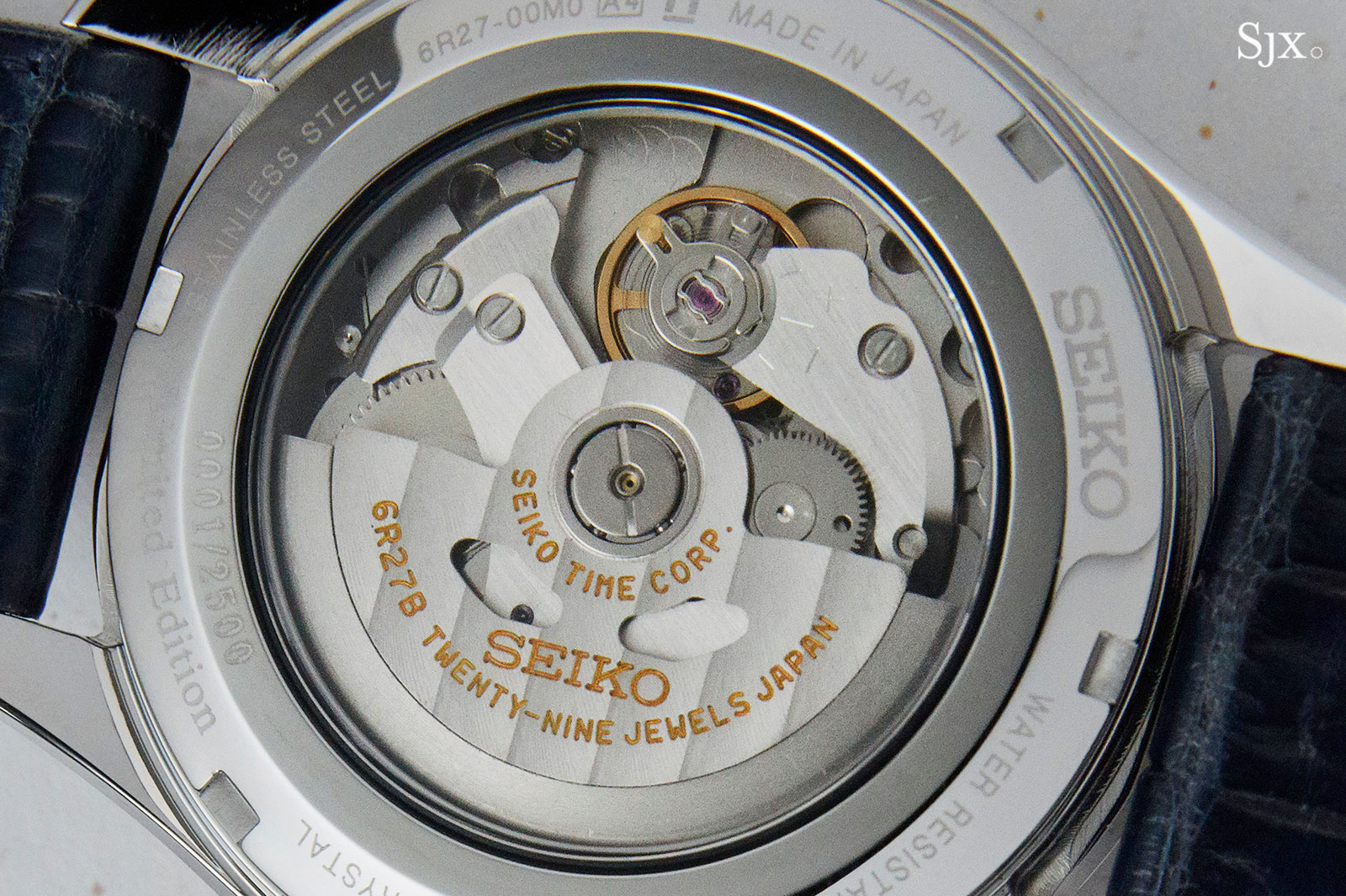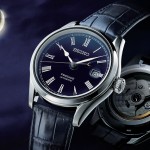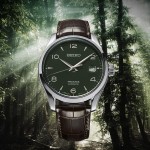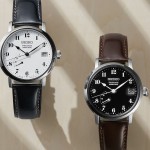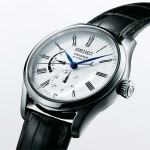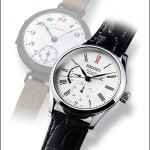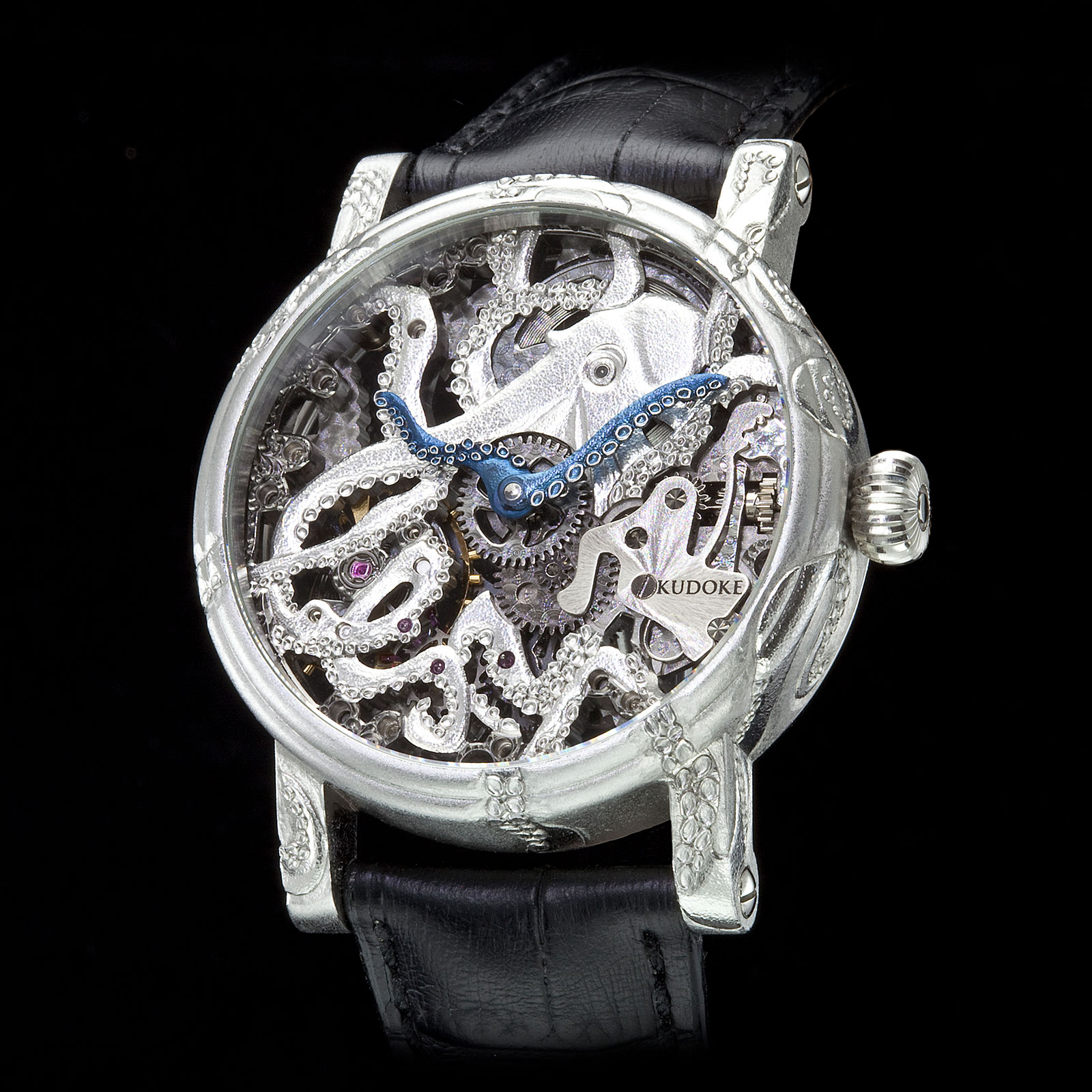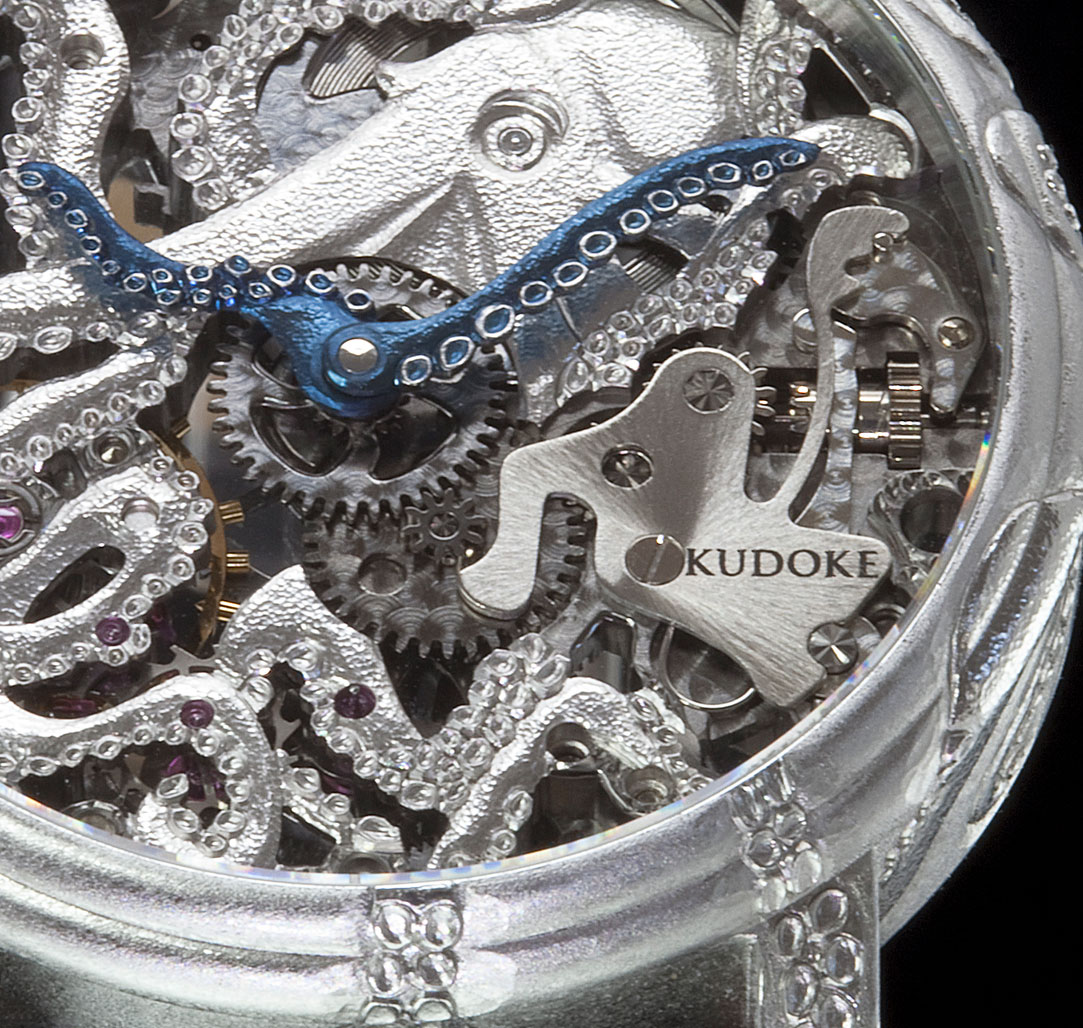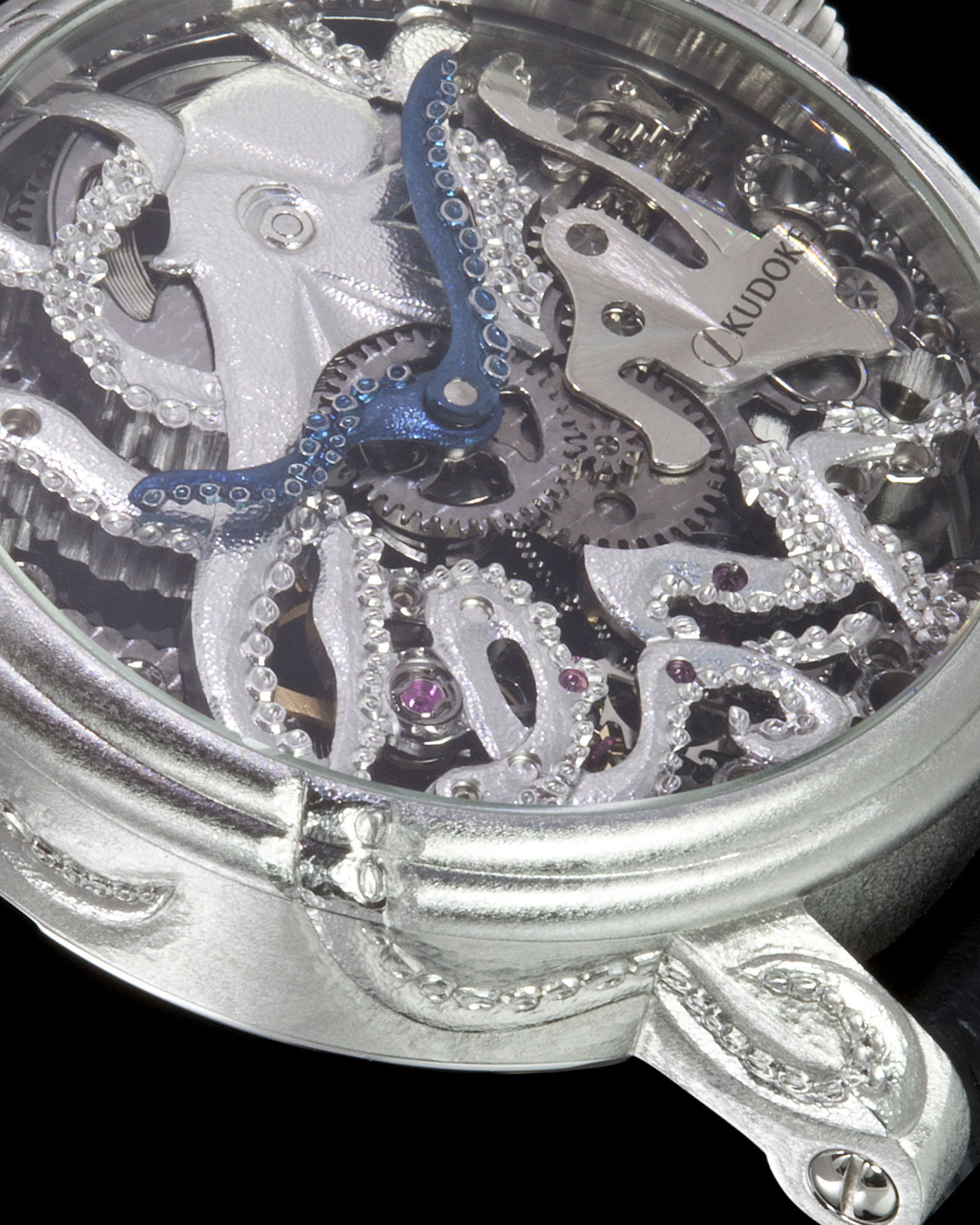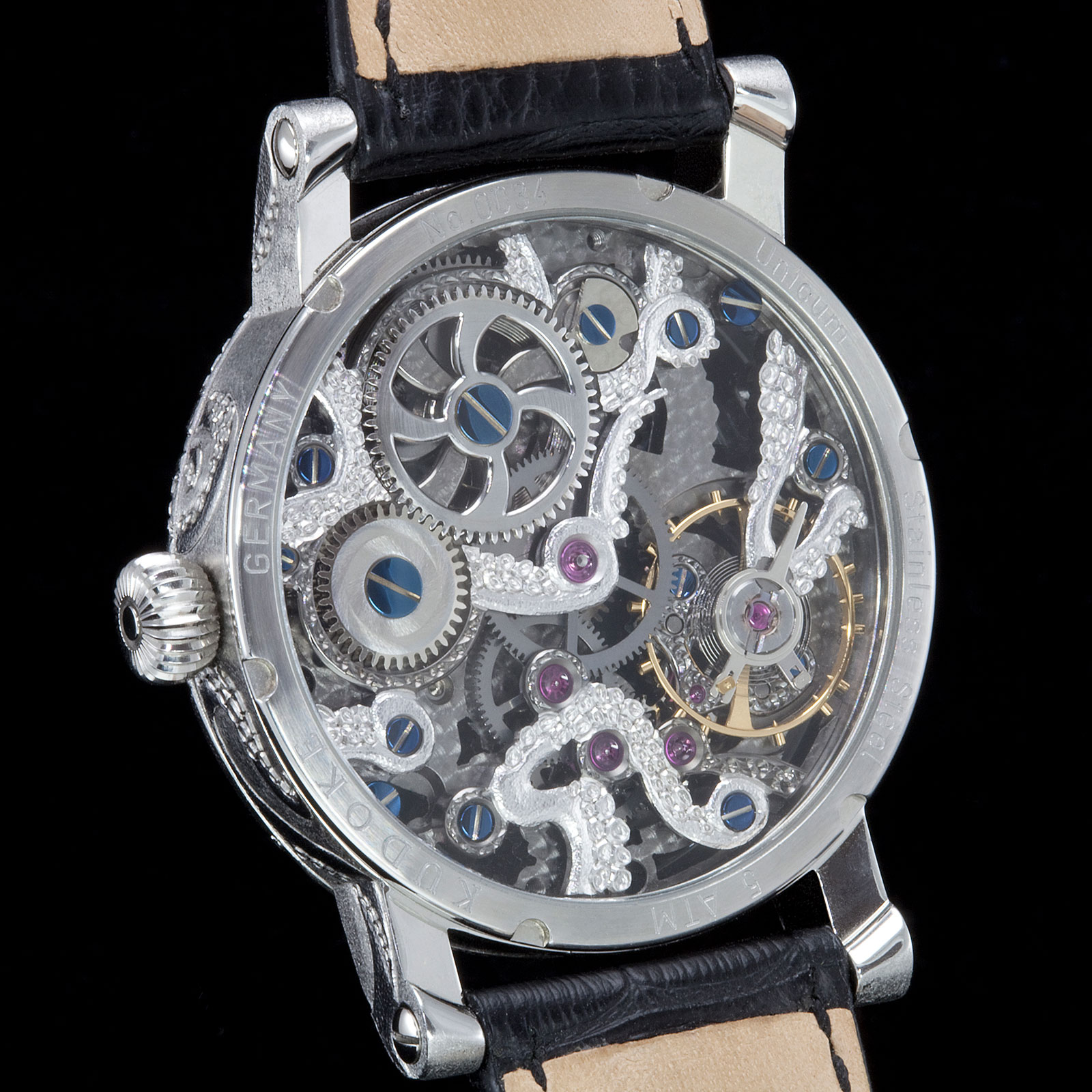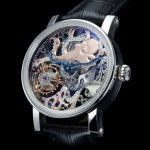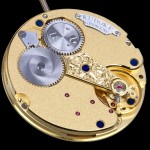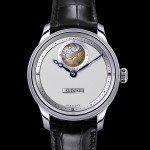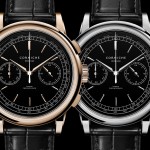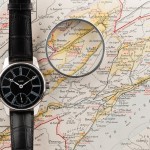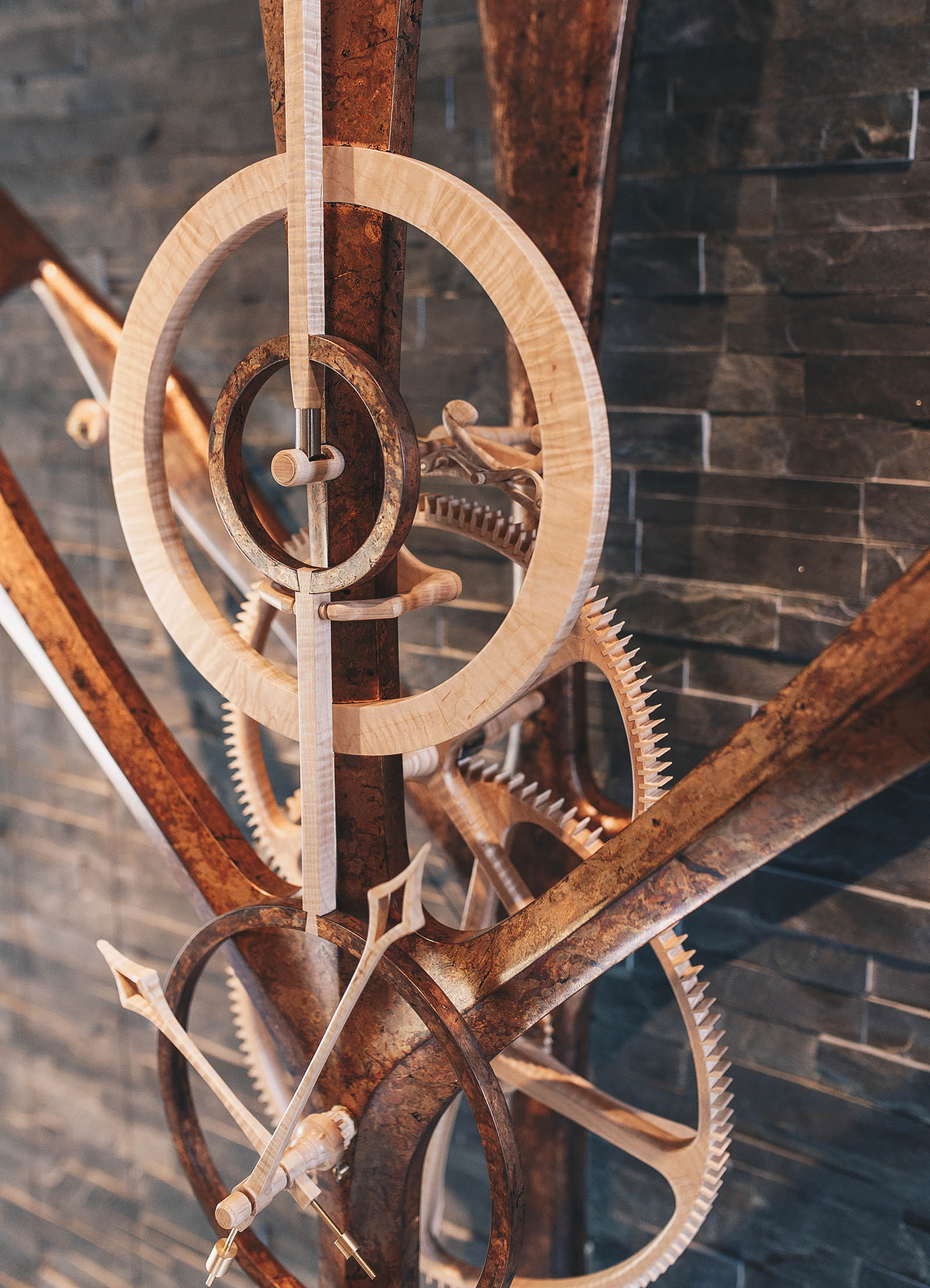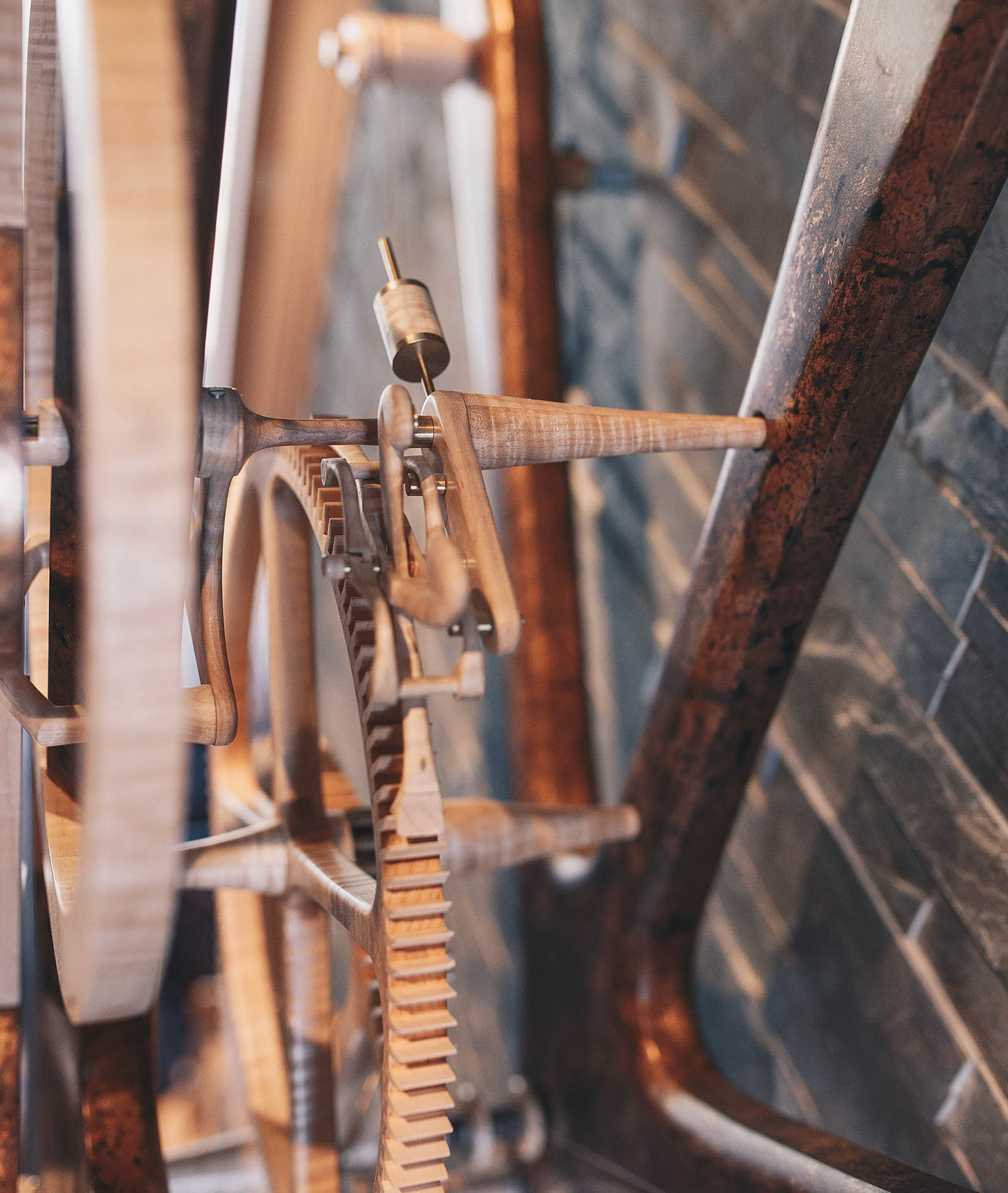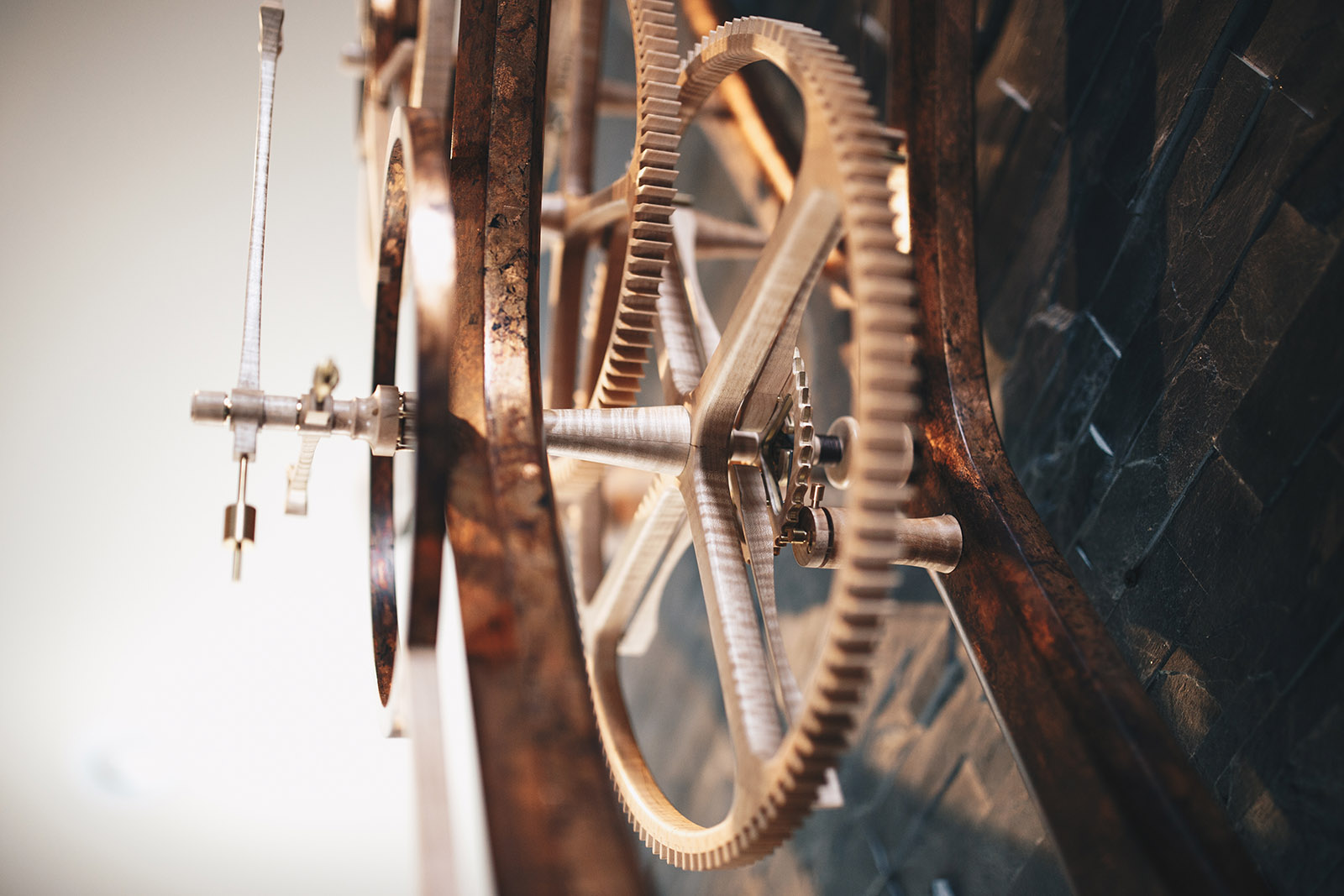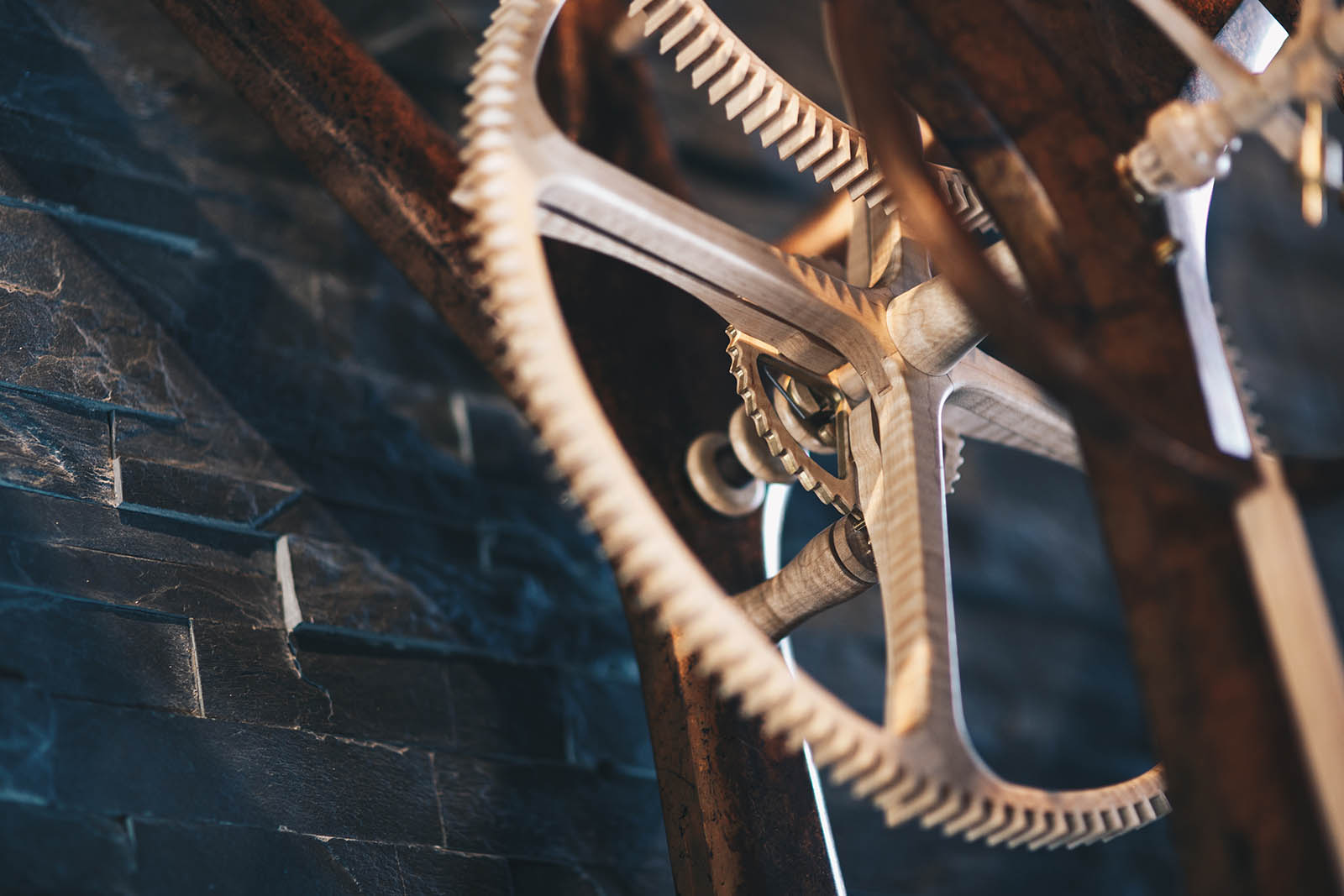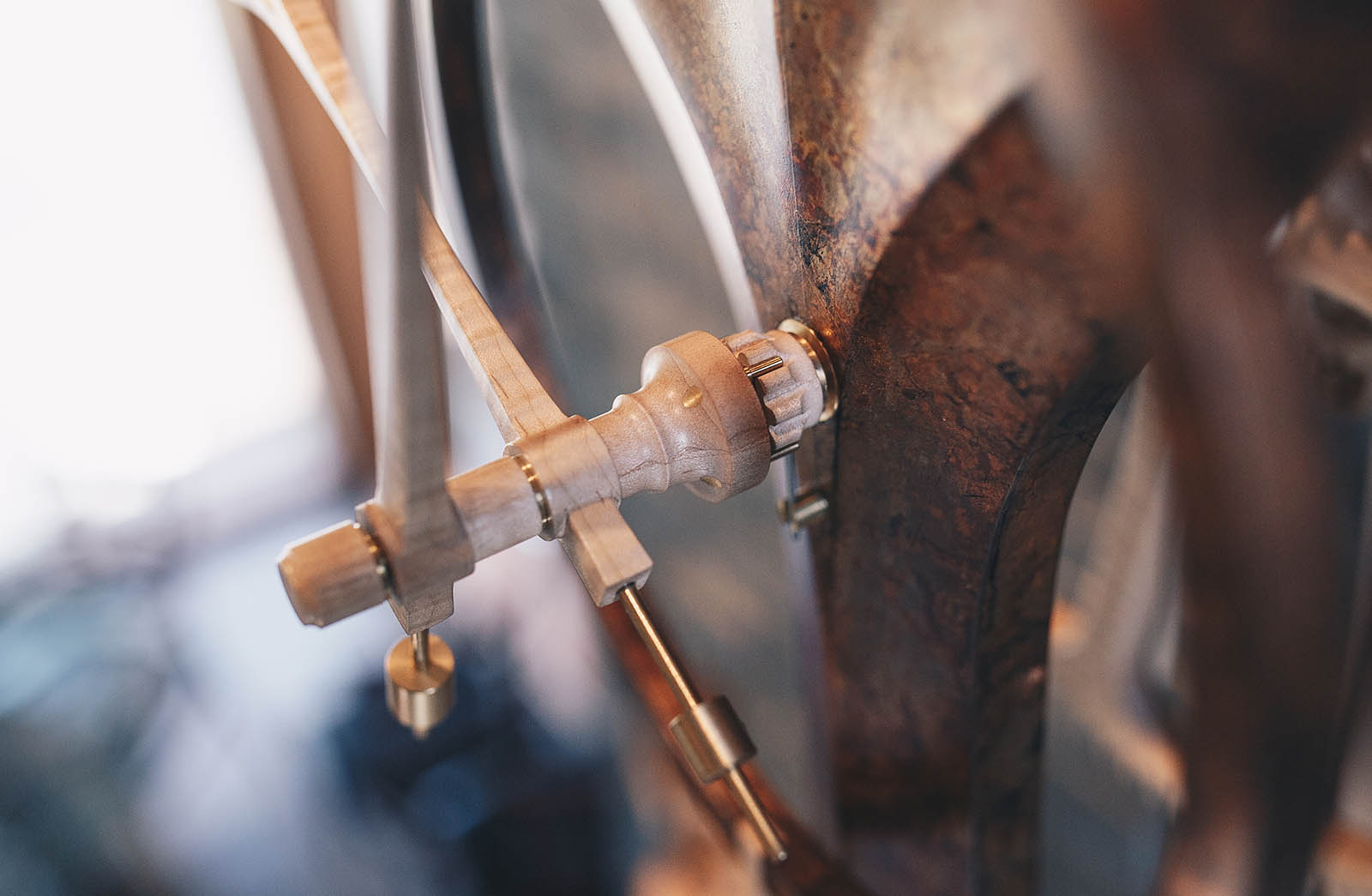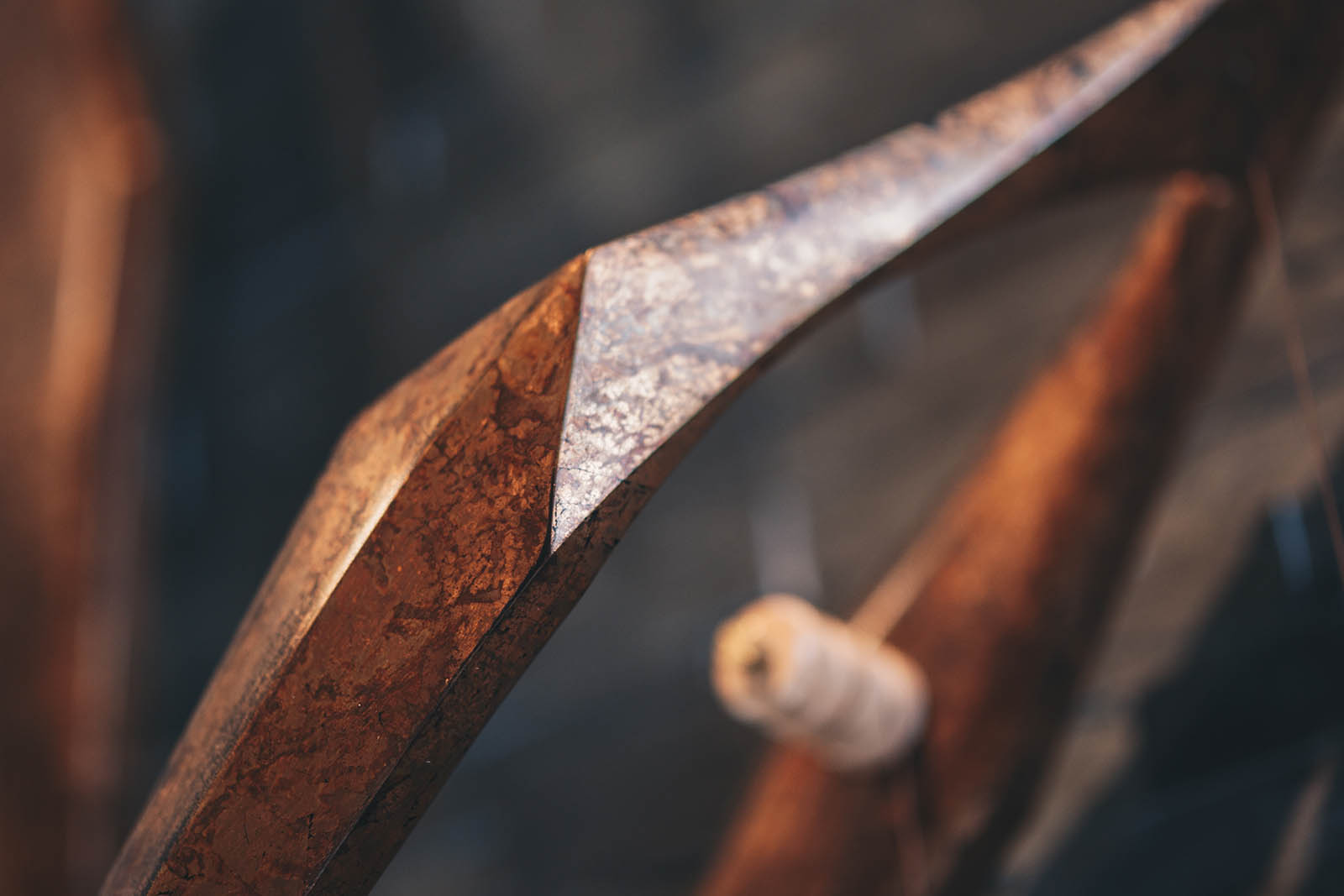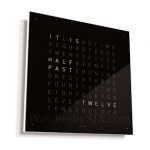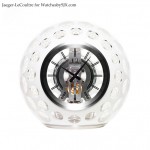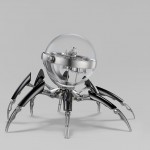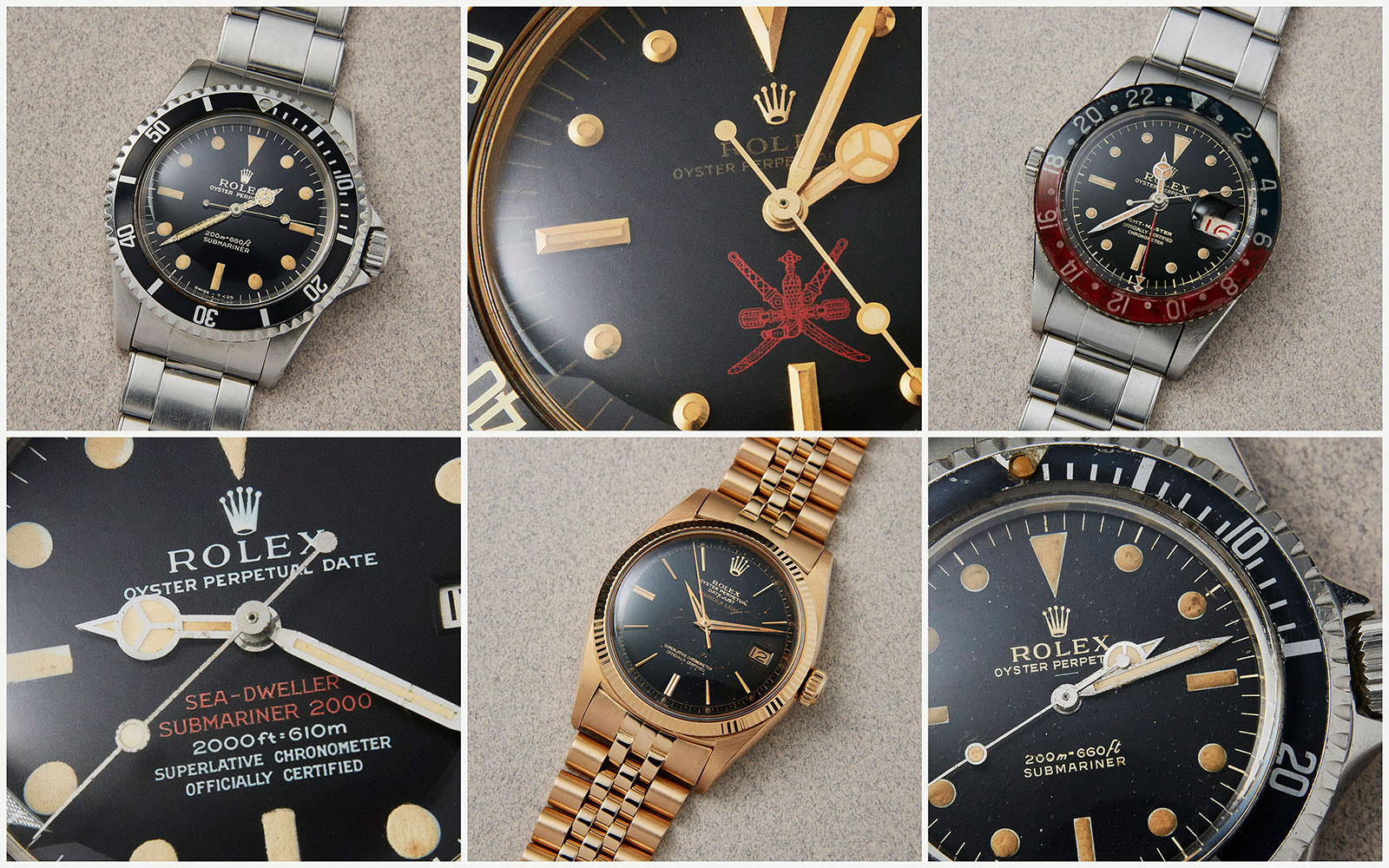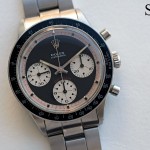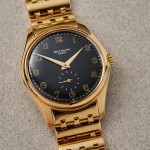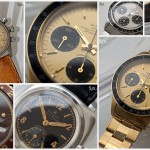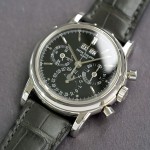The upcoming Phillips Hong Kong watch auction is heavy on vintage watches, with about half the 230 lots being vintage.
While vintage Rolex features prominently, as is de rigueur for an international watch auction, the selection is watch nerd-inclined with an emphasis on technical details and professional watches, perhaps reflecting the interest of department head Thomas Perazzi.
So rather than historical provenance (like a celebrity-owned watch) or elegant watches (like a triple calendar ref. 6062 or Day-Date), the crucial highlights are a left-handed GMT-Master ref. 6542, and a Sea-Dweller ref. 1665 with no helium escape valve that’s the most expensive watch in catalogue.
Here’s a look at a half dozen top picks, including some watches for more modest budgets. The complete catalogue and online bidding can be accessed here.
Lot 817 – Rolex Submariner ref. 5513 with glossy dial
The ref. 5513 is a quintessential Submariner, having been produced for an extended period, meaning it is relatively common as a reference, with enough variants to make it interesting. And it helps that Roger Moore wore one in his outings as James Bond.
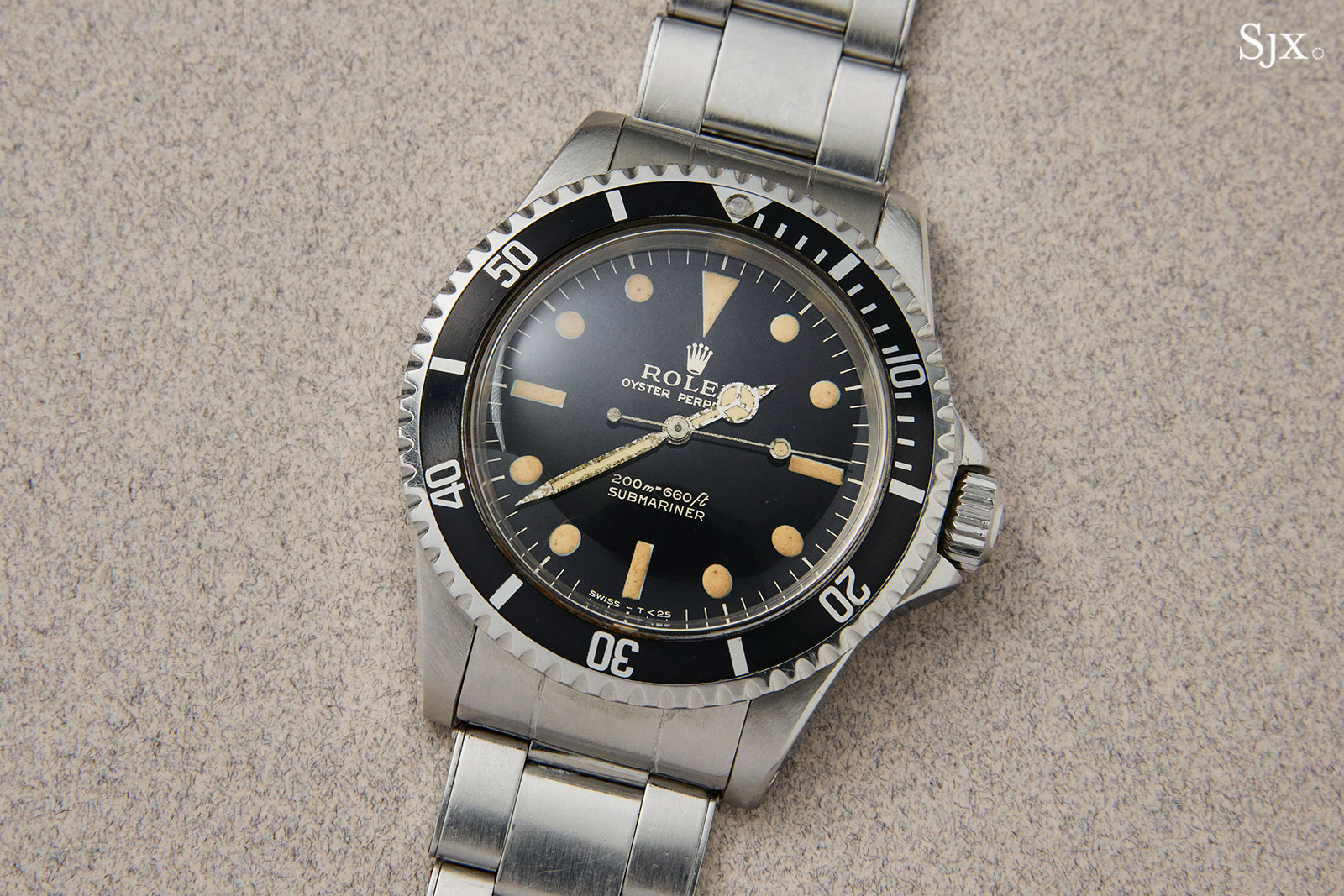
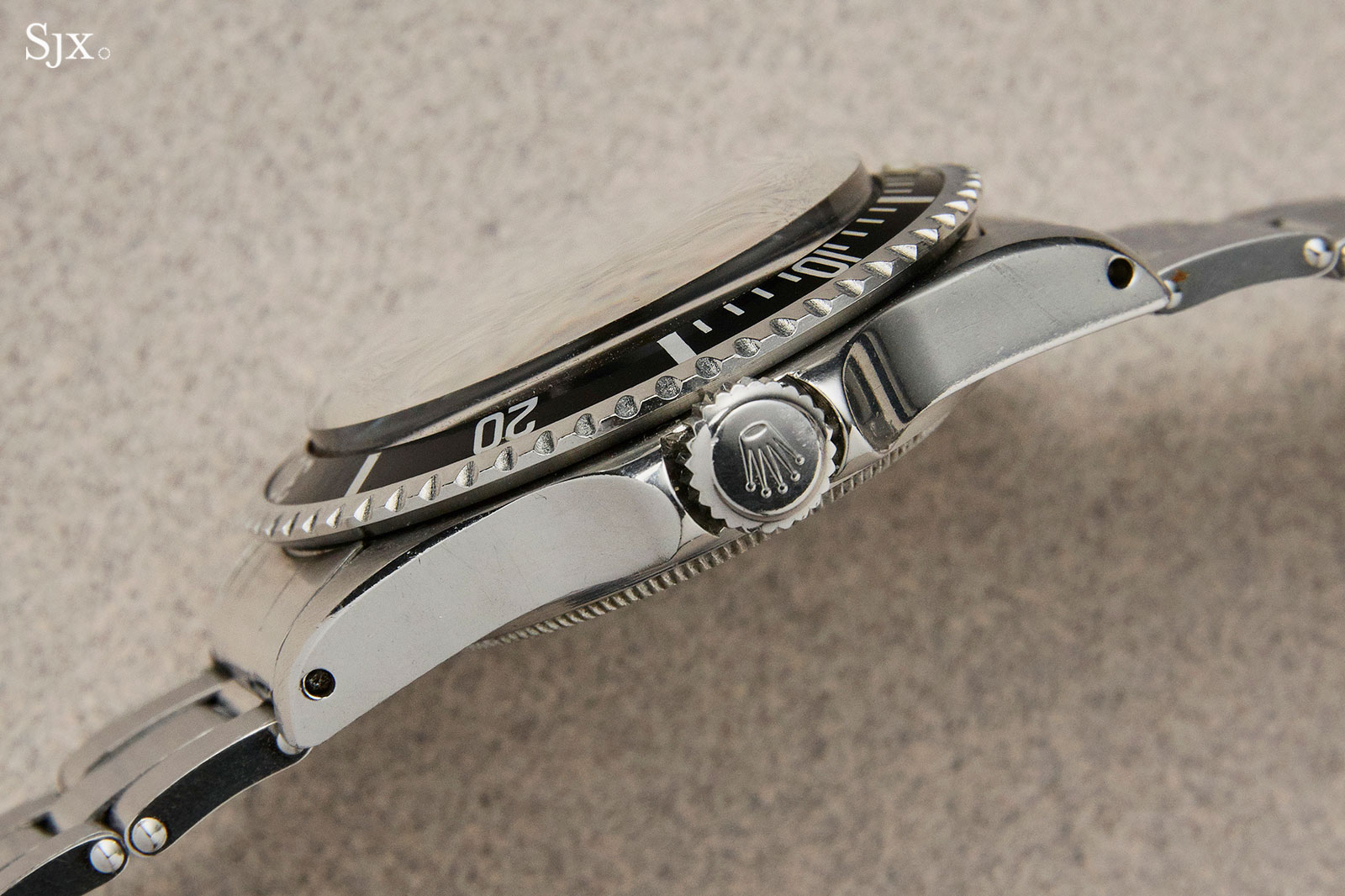
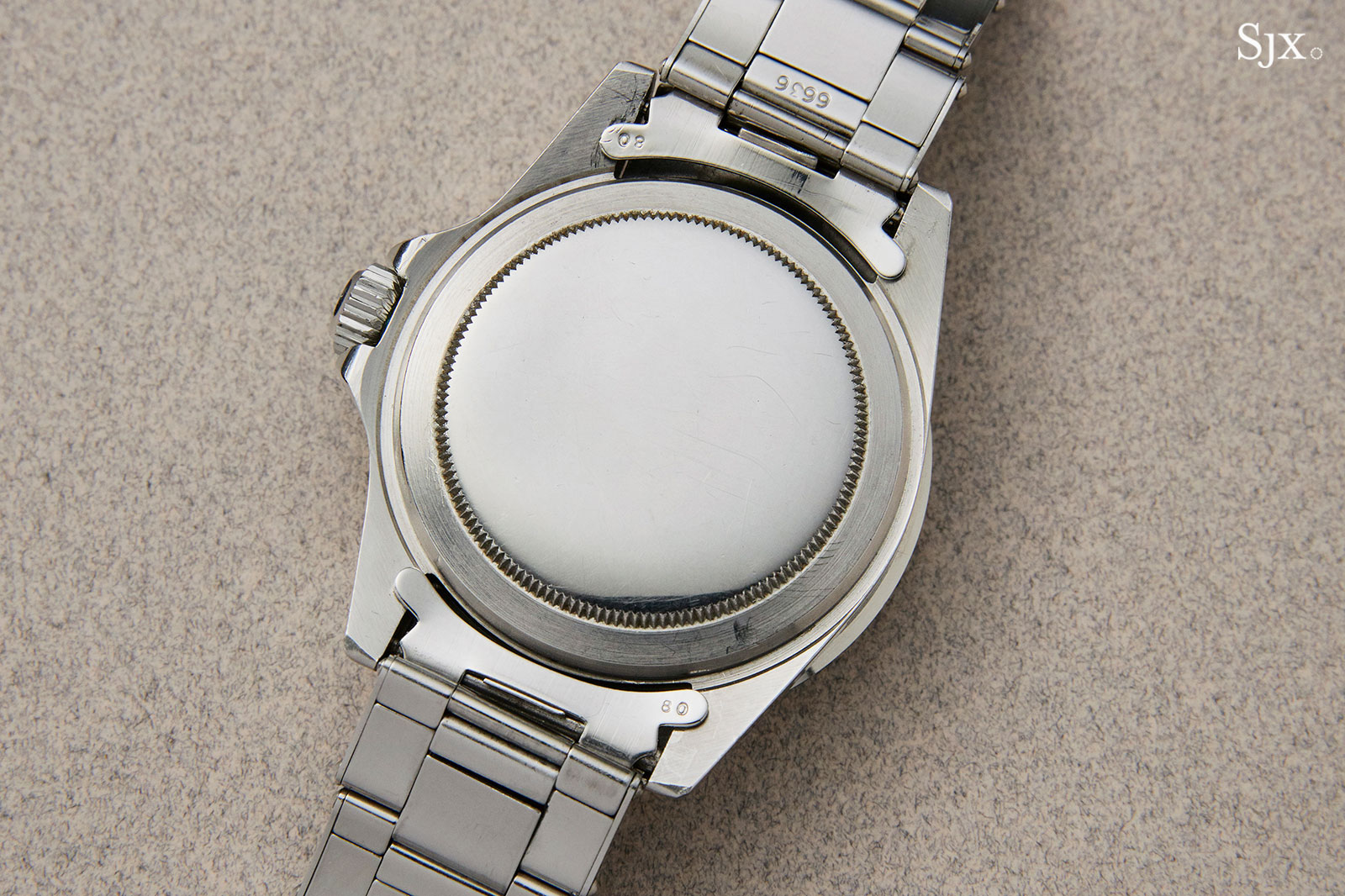
This ref. 5513 is an excellent example with a glossy dial, dating from 1966. The case is in strong condition, showing wear but retaining its original form, particularly the bevels along the lugs and flat bottoms on the ends of the lugs. The dial is also well preserved, though the hands show aging.
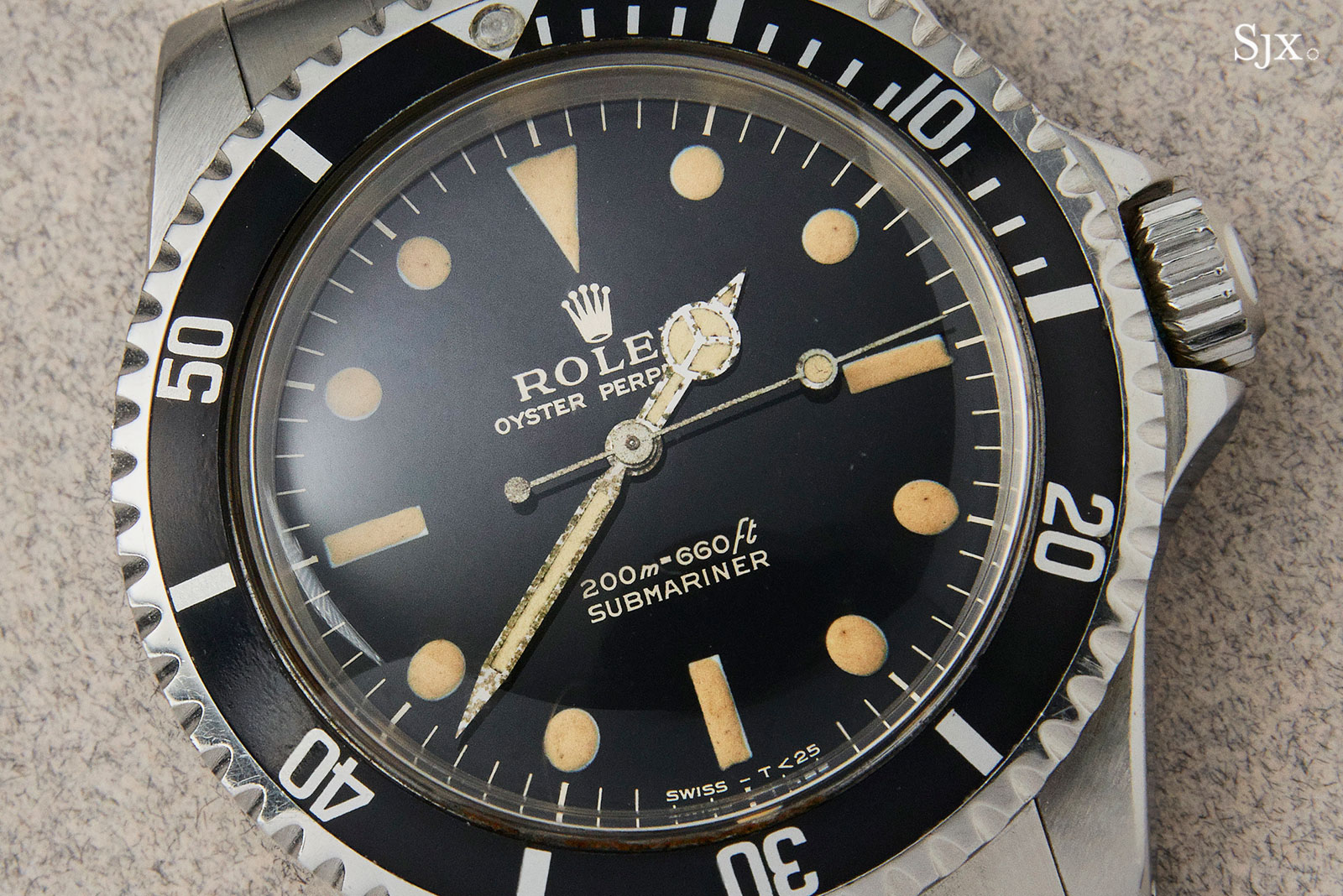
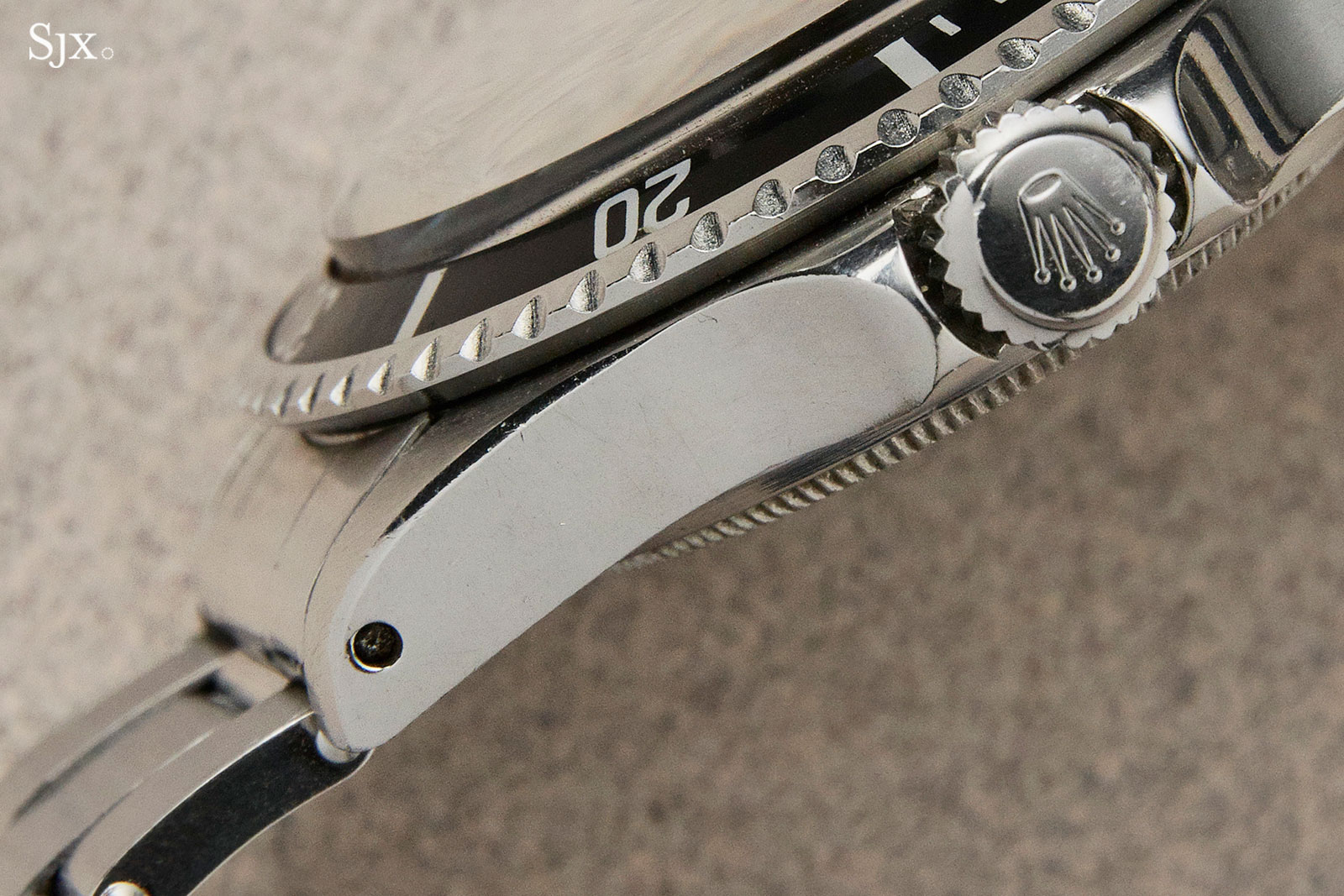
More notably, it is complete with the original box and guarantee that’s dated September 9, 1966, which helps boost its value relative to an example without. This is estimated at HK$240,000 to HK$480,000, or US$30,000 to US$60,000.
Lot 907 – Rolex Submariner ref. 5513 “underline”
In vintage Rolex the minor details matter and this ref. 5513 is three years earlier than the example above, with two elements that set it apart.
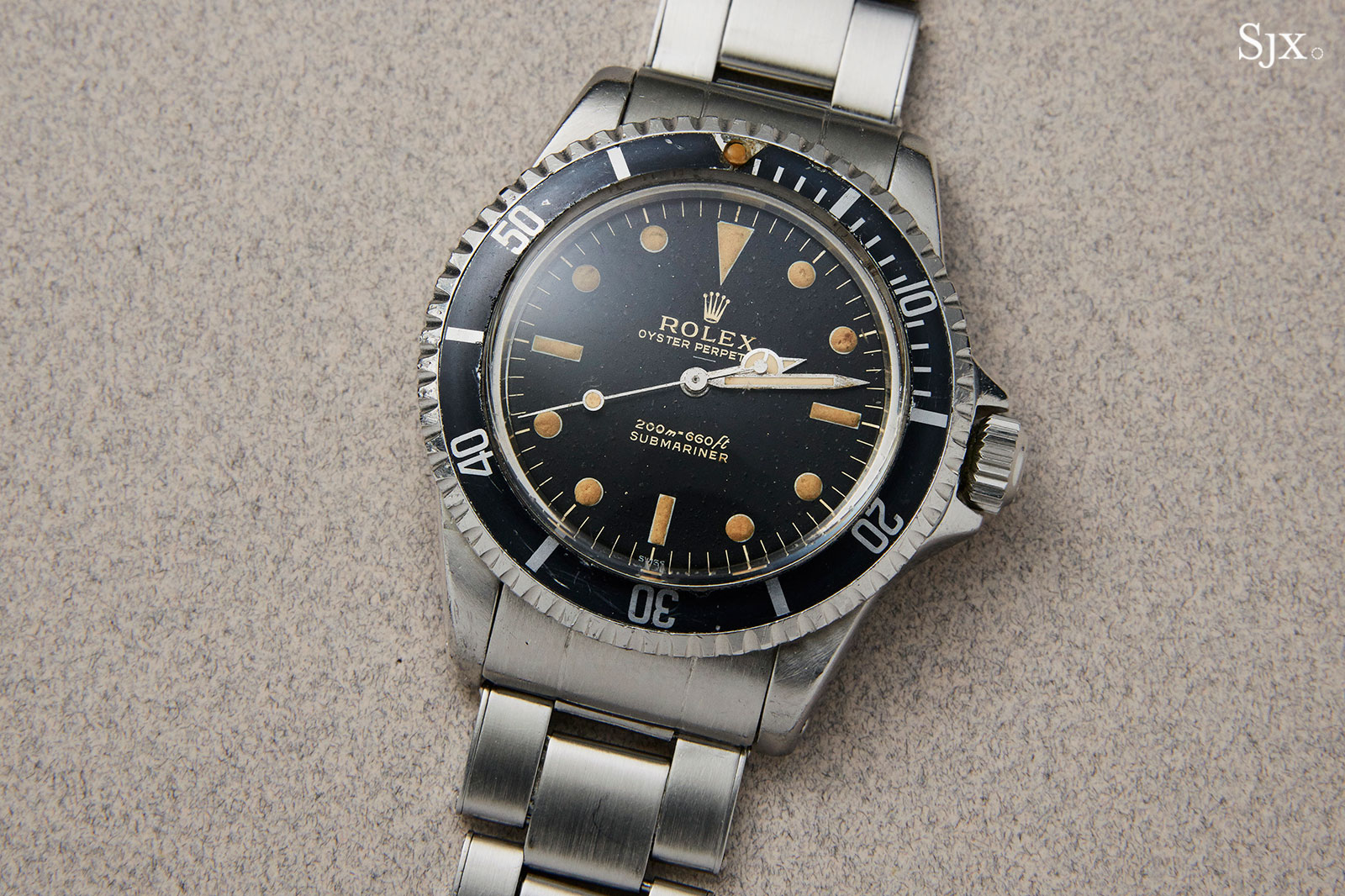
The first are the pointed crown guards, nicknamed “PCG” for short, while the other is the horizontal line beneath the lettering at 12 o’clock, hence the “underline” moniker.
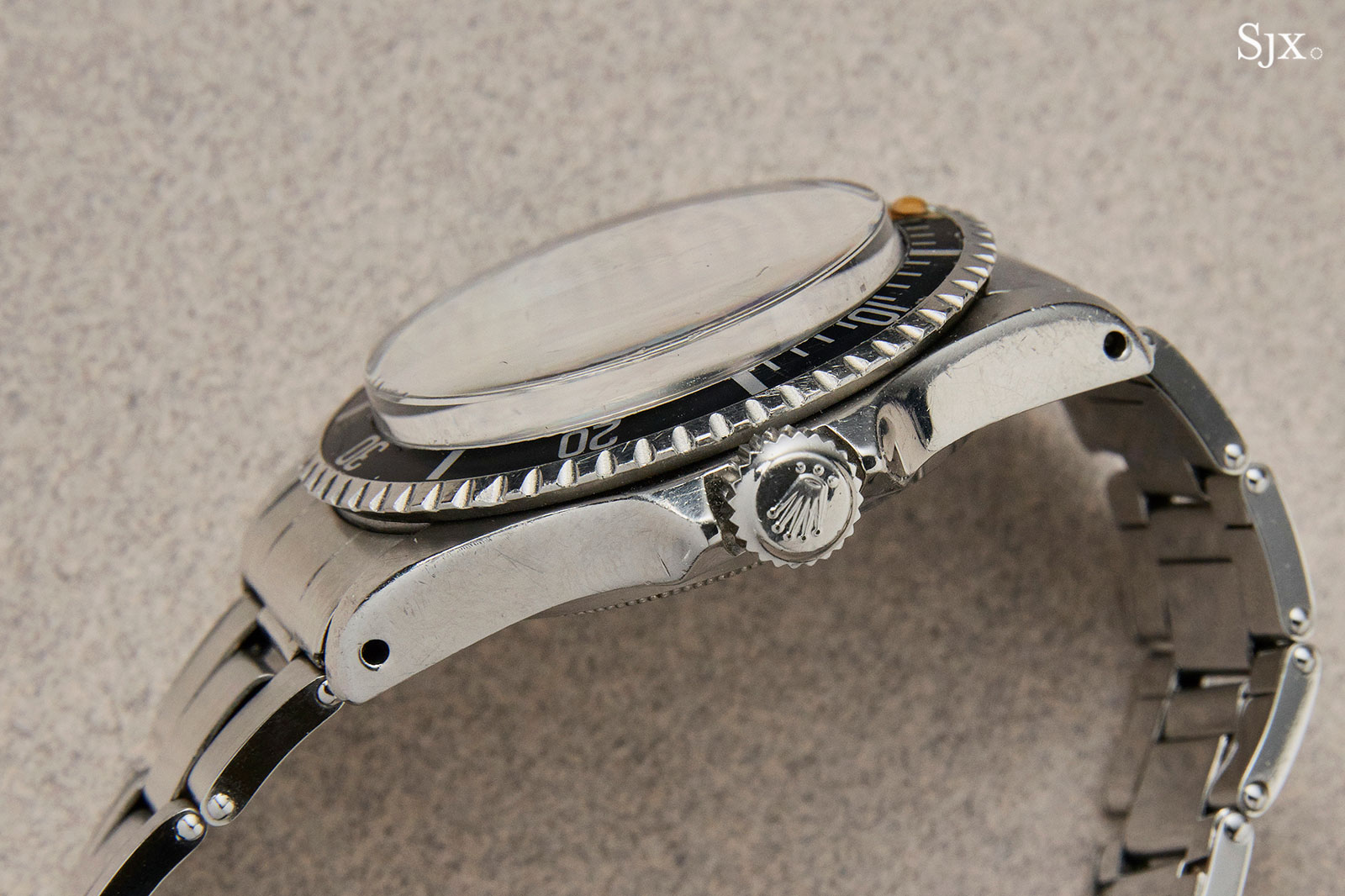
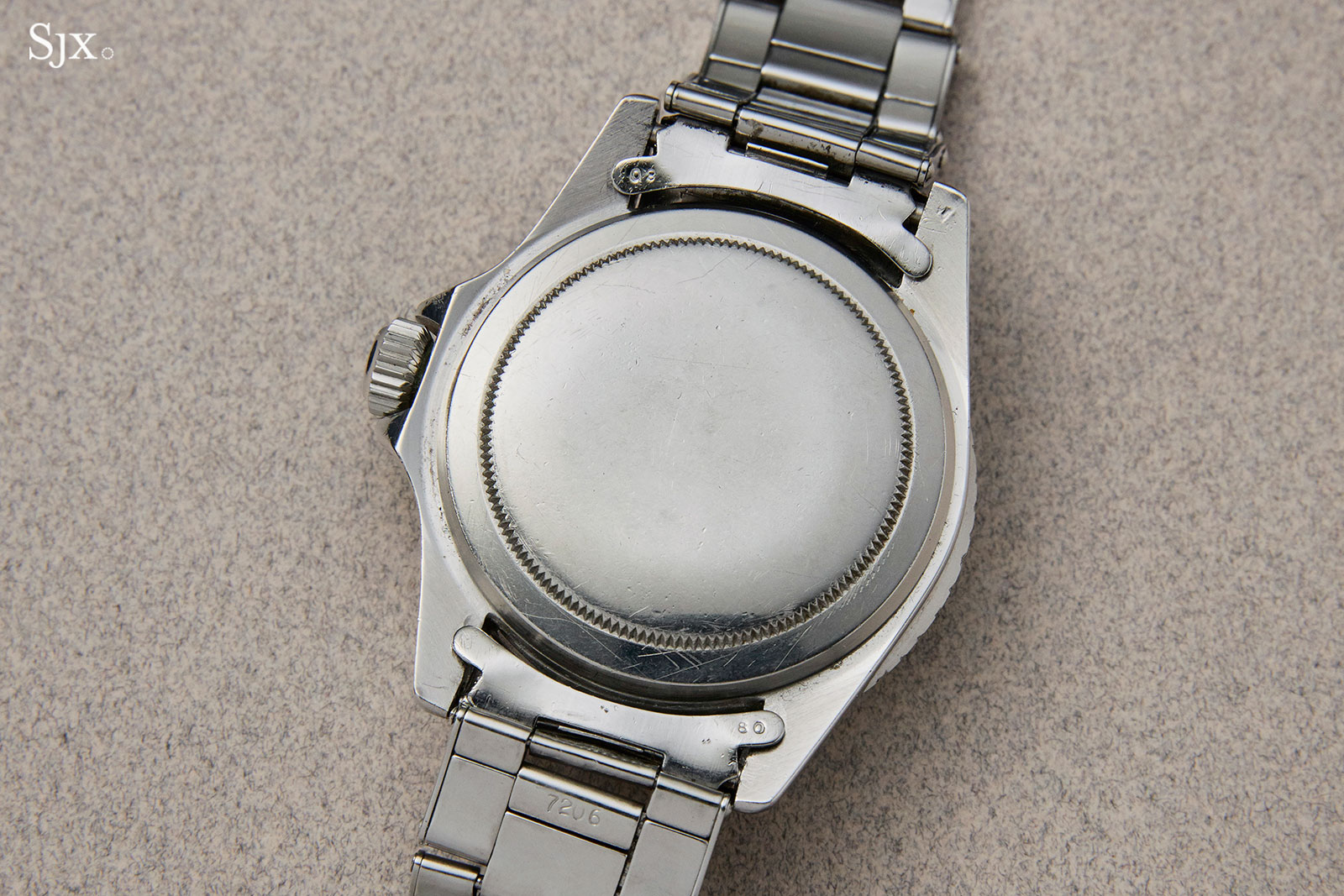
The watch is in good condition, and shows its age evenly and honestly. The surface of the dial also has slight bubbling.
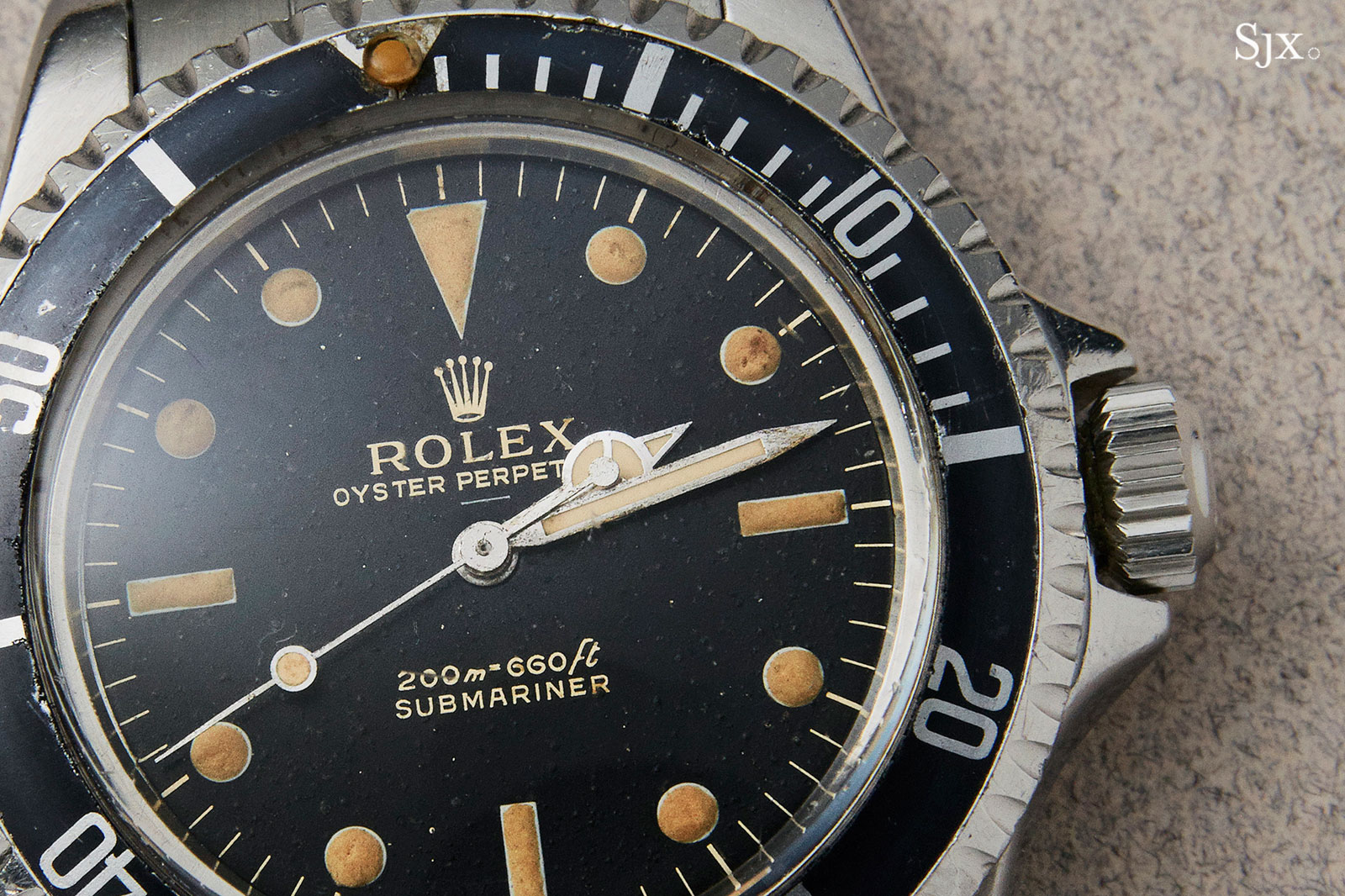
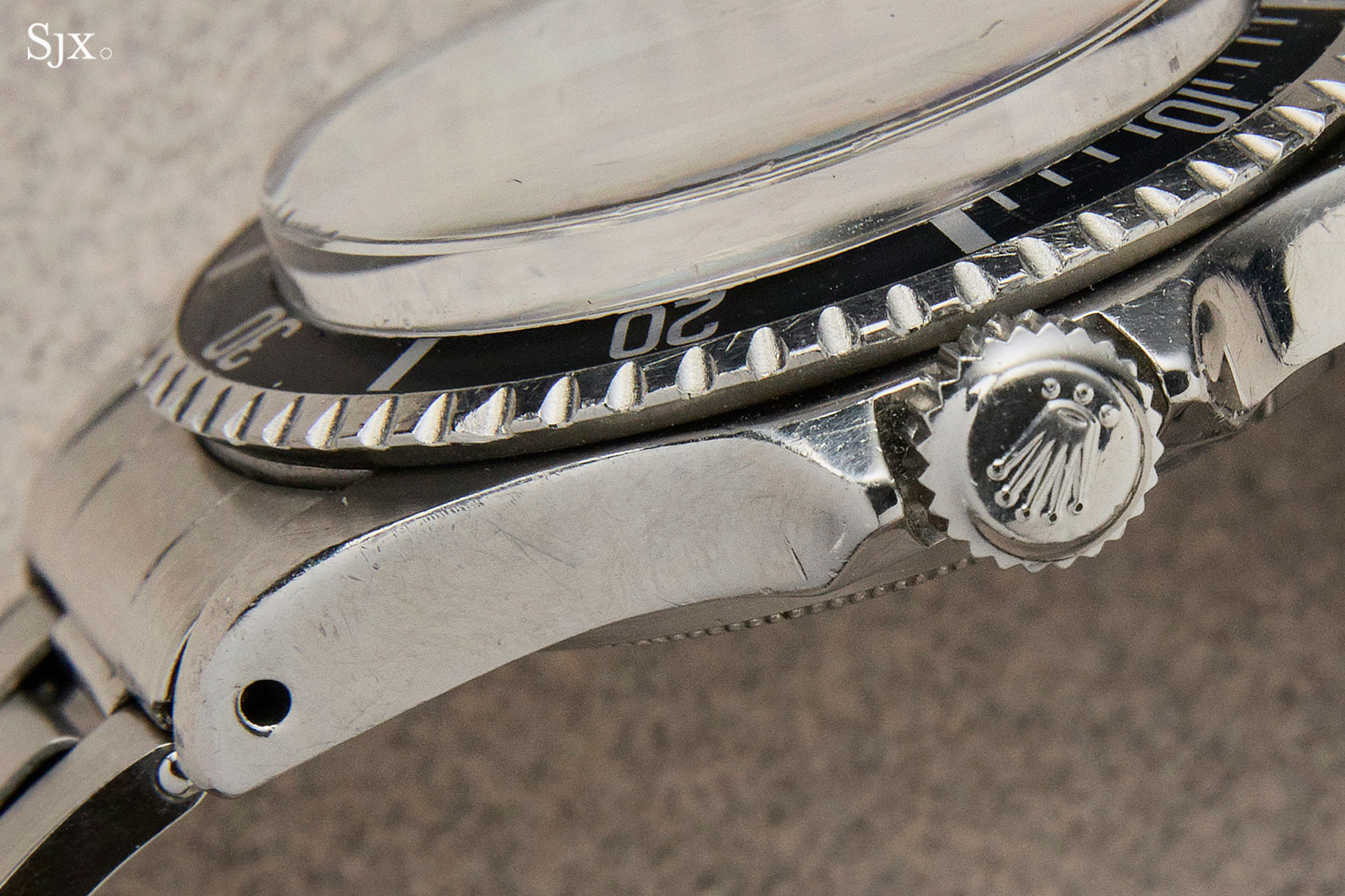
The estimate is HK$120,000 to HK$200,000, or US$15,000 to US$25,000.
Lot 948 – Rolex Datejust ref. 6605 “Serpico y Laino”
An early 1955 Datejust in uncommon pink gold with a matching Jubilee bracelet, this watch has the bonus of the “Serpico y Laino” signature on the dial.
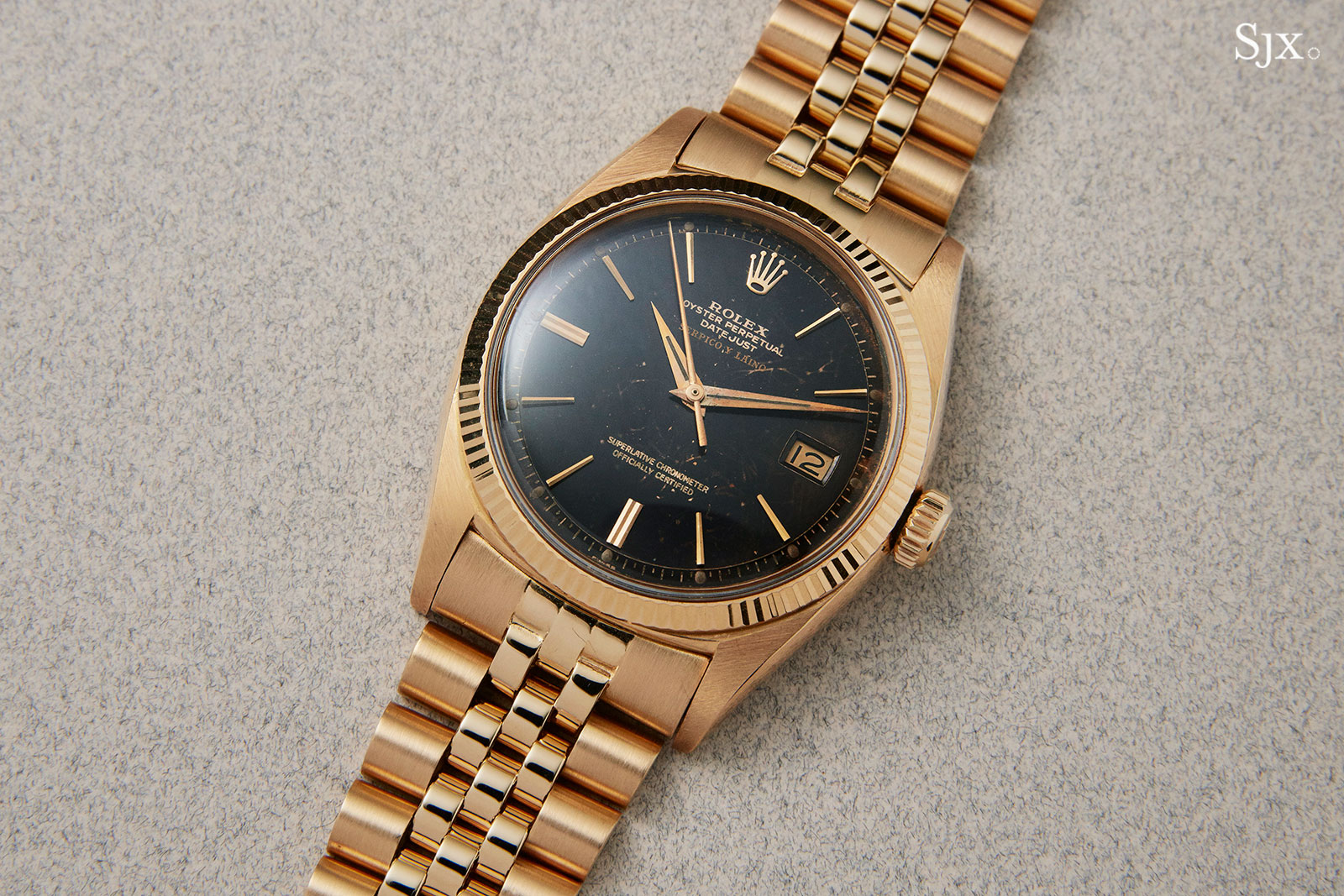
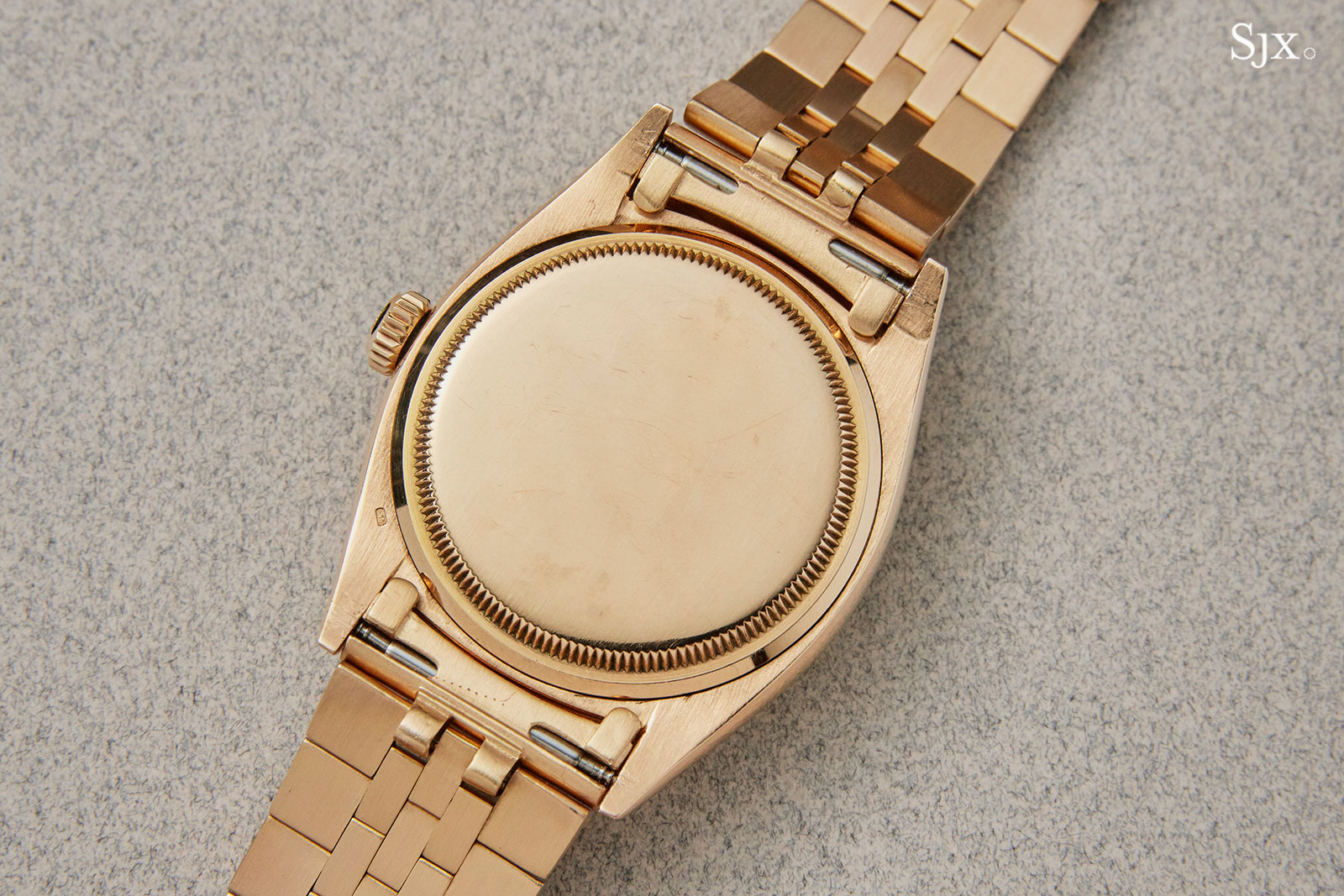
Serpico today is still a Rolex retailer in Venezuela, but the name on vintage watches carries with it echoes of the oil boom of the 1950s, which made the country one of the wealthiest in the world. That explains why a noticeable number of vintage luxury watches from the period carry the “S&L” name.
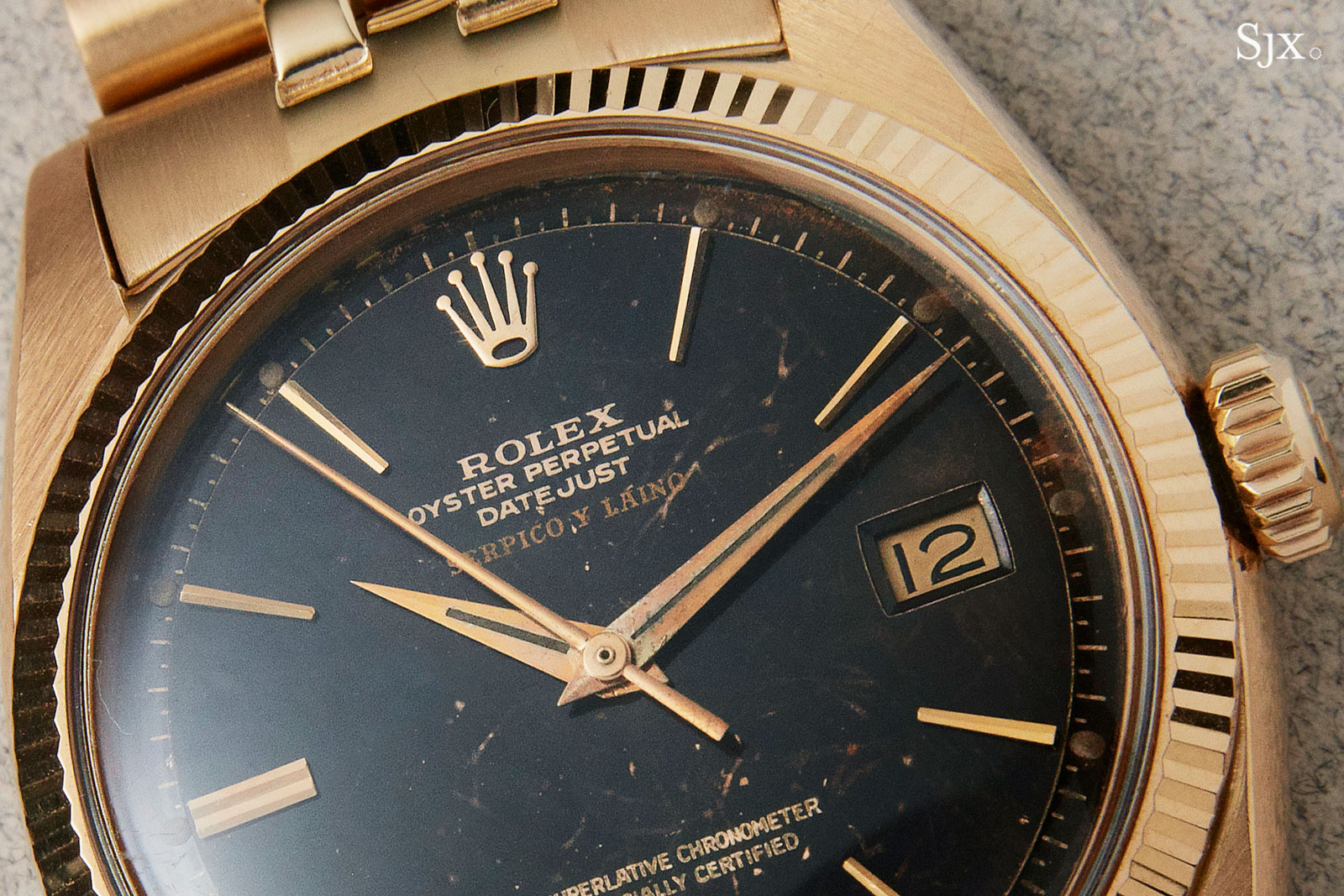
The watch is in strong condition, with the dial showing age but still looking good, which is also the case for the case (no pun intended).
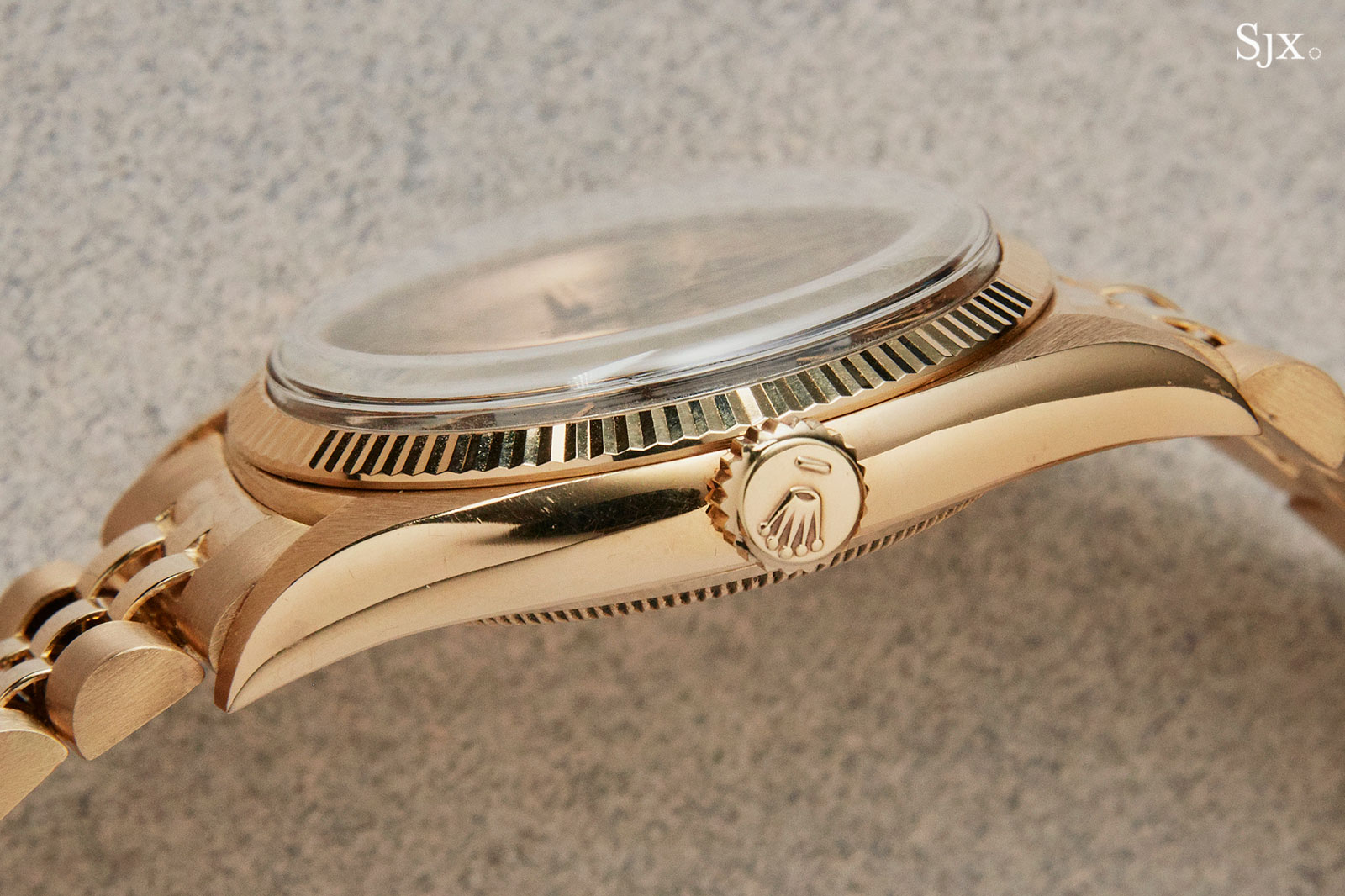
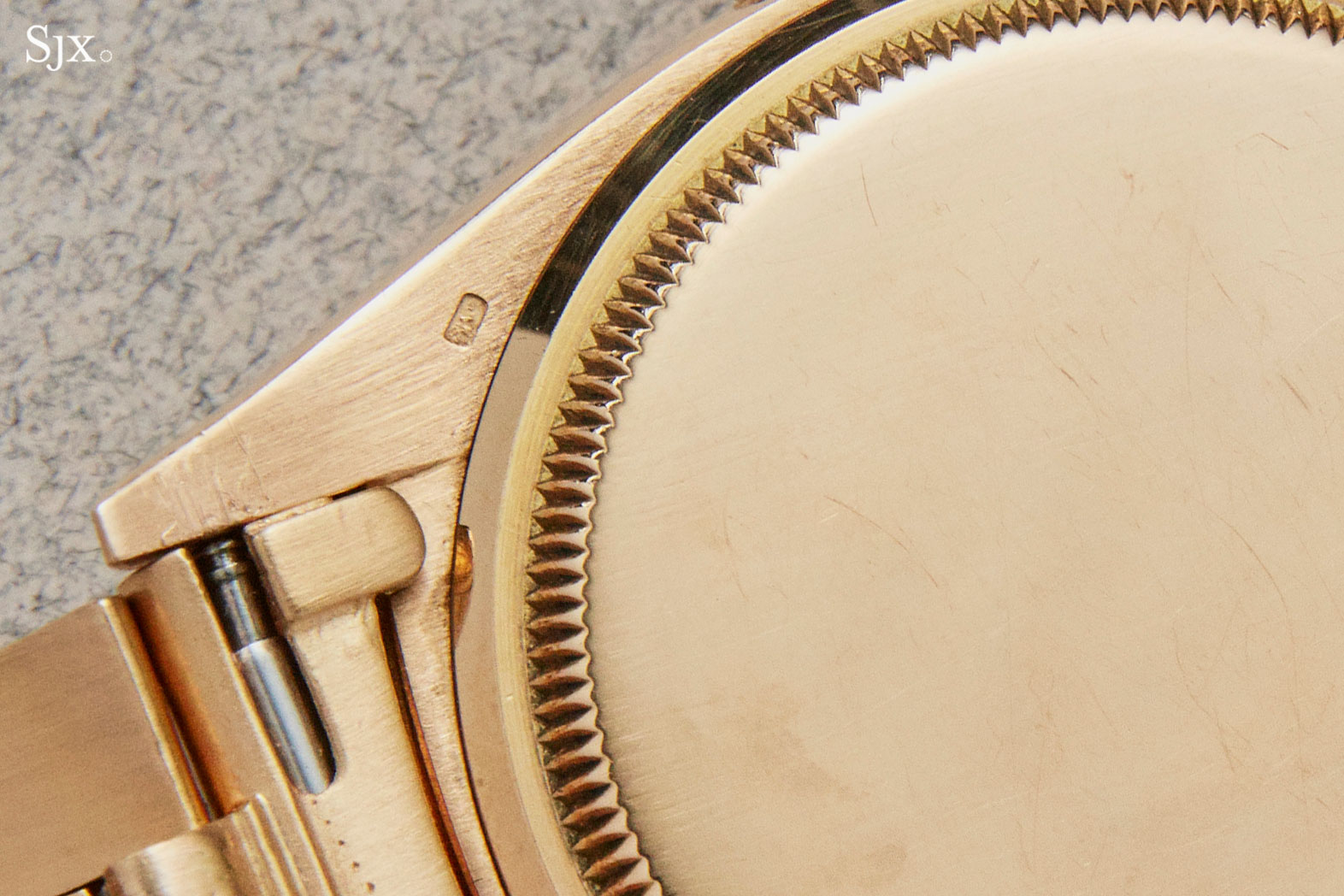
The Datejust is estimated at HK$120,000 to HK$200,000, or US$15,000 to US$25,000.
Lot 952 – Rolex GMT-Master ref. 6542 left-handed
One of the most unusual and historically significant Rolex watches in the sale: a first generation GMT-Master with its original Bakelite bezel – and the crown on the left side of the case.
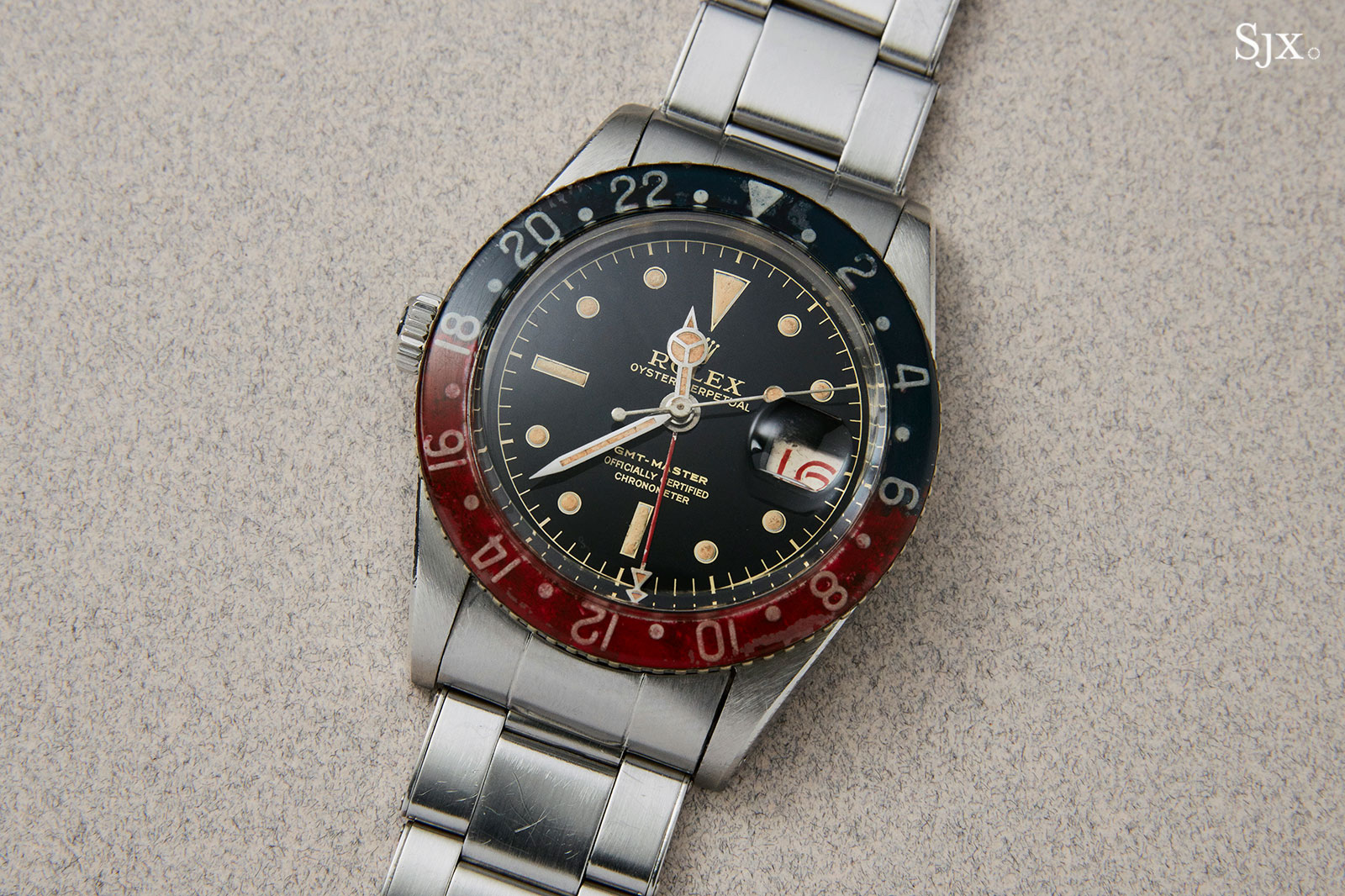
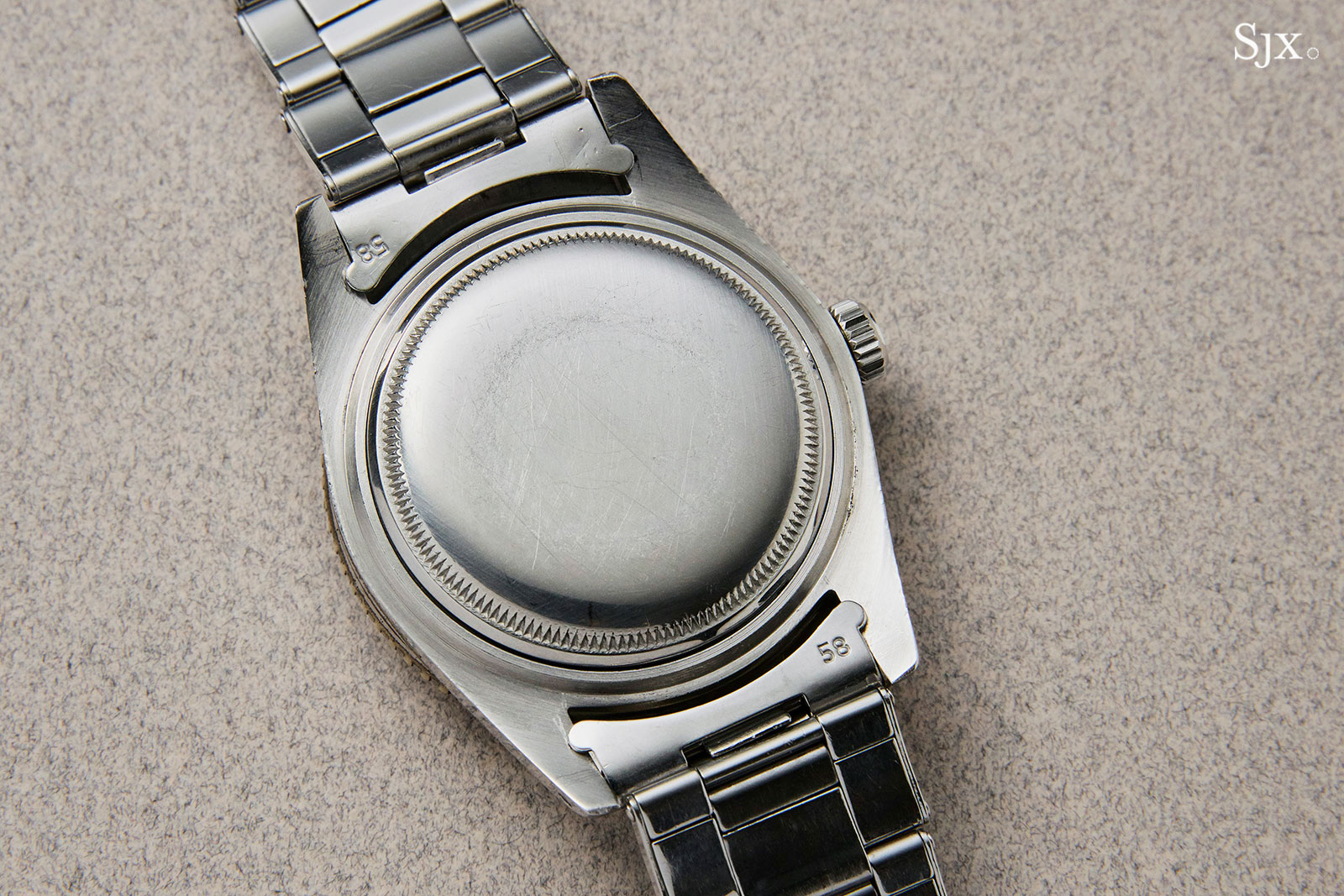
The only example of a left-handed GMT-Master known, this watch has its reference number engraved between the lugs at 12 o’clock, and the case serial number at six o’clock, which is the norm for Rolex watches. If it were an ordinary watch with the movement rotated, the position of the numbers would be reversed.
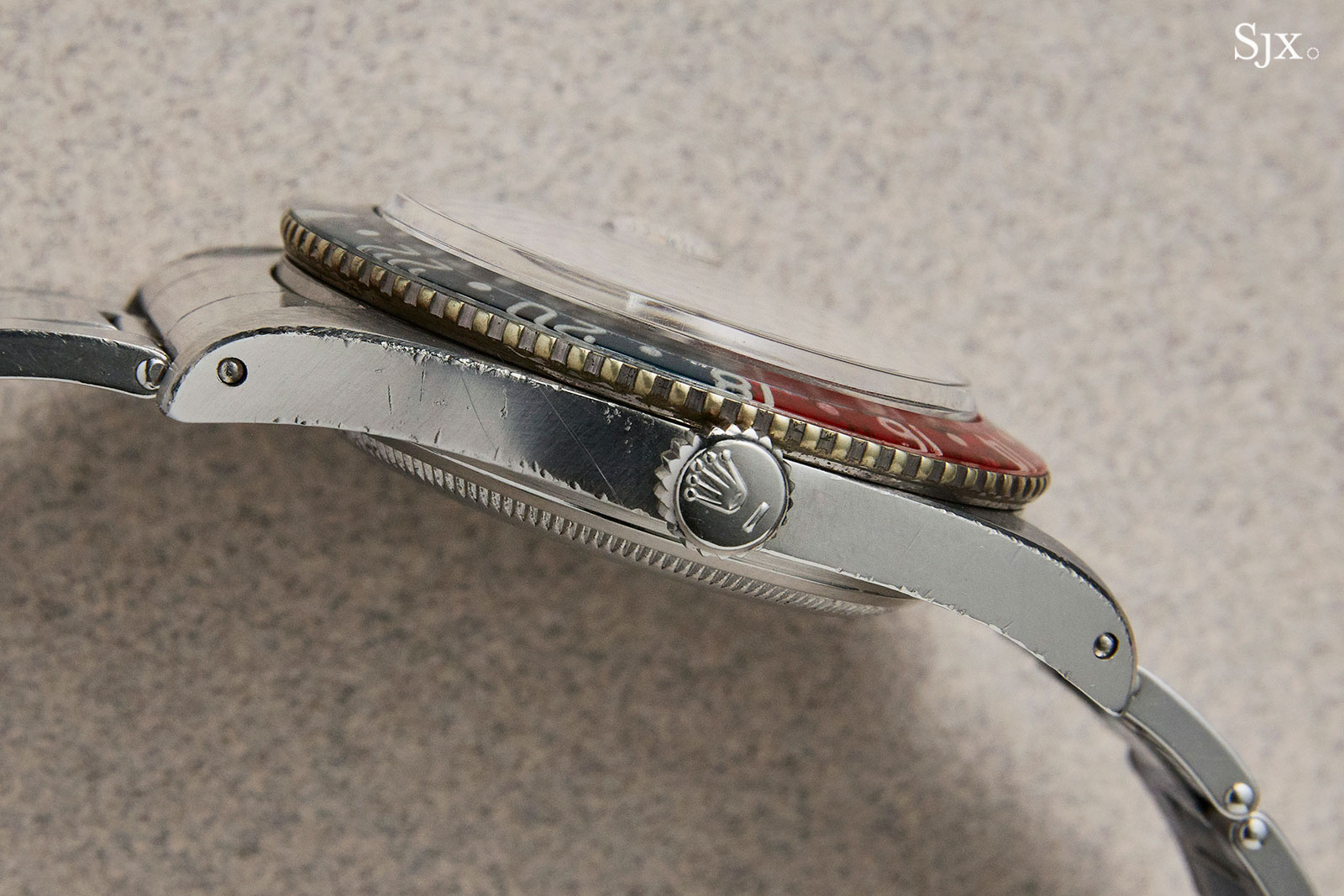
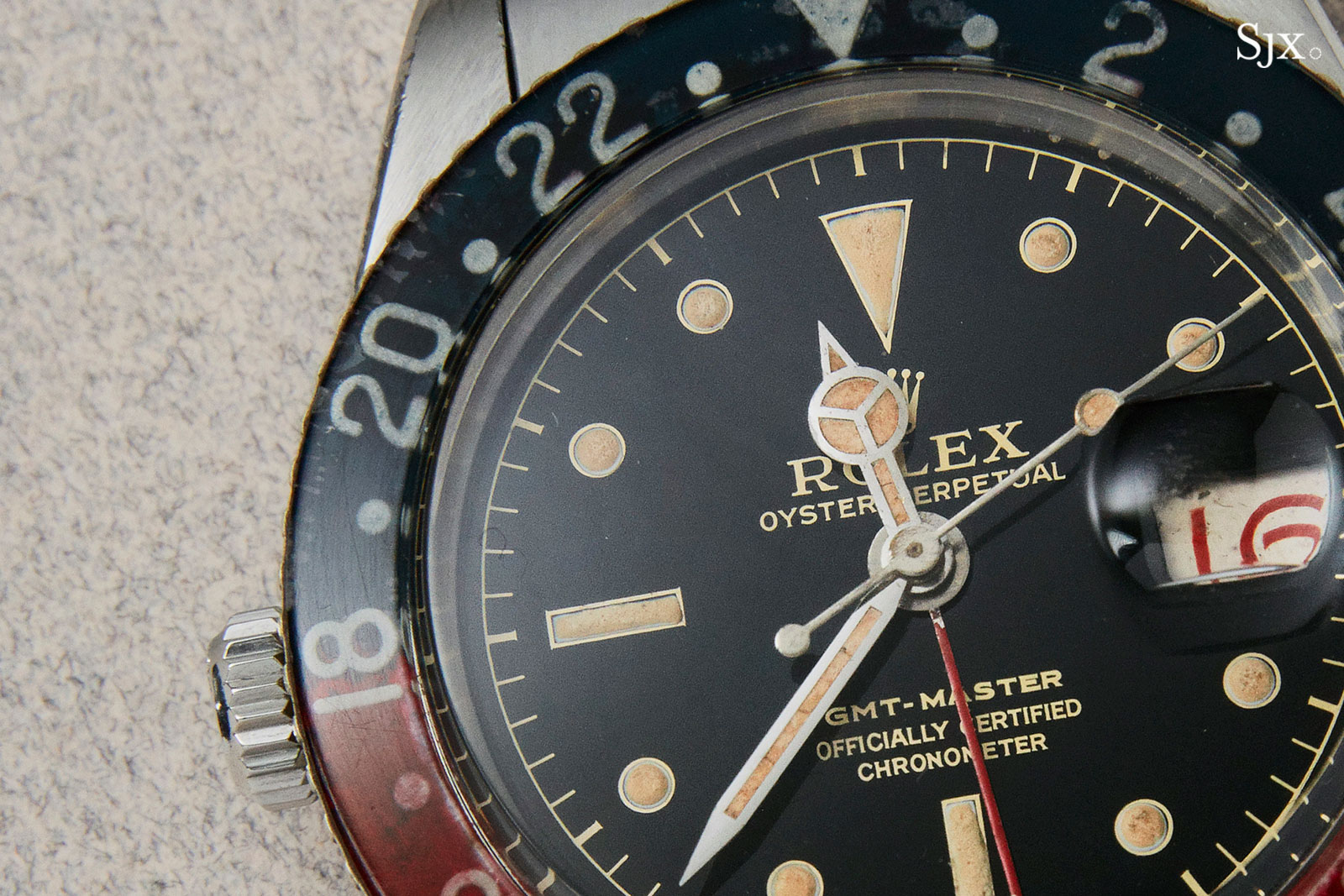
This dates from 1959, a few years after the dual time zone GMT-Master ref. 6542 was launched in 1954, reputedly for the pilots of Pan Am, then the largest airline in the world. The ref. 6542 was originally fitted with a bezel made of Bakelite, then still a relatively advanced material. But the early plastic was fragile and few have survived.
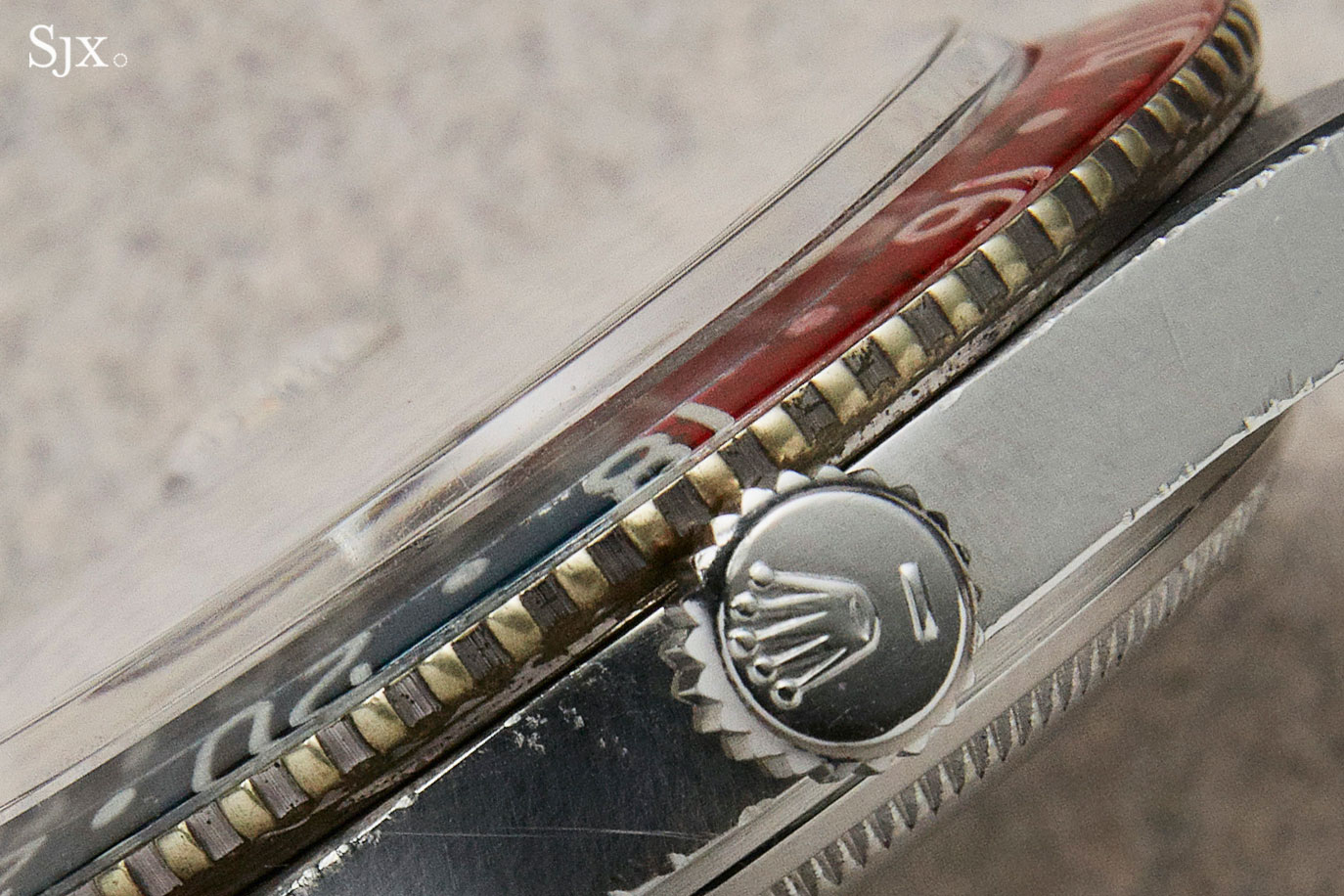
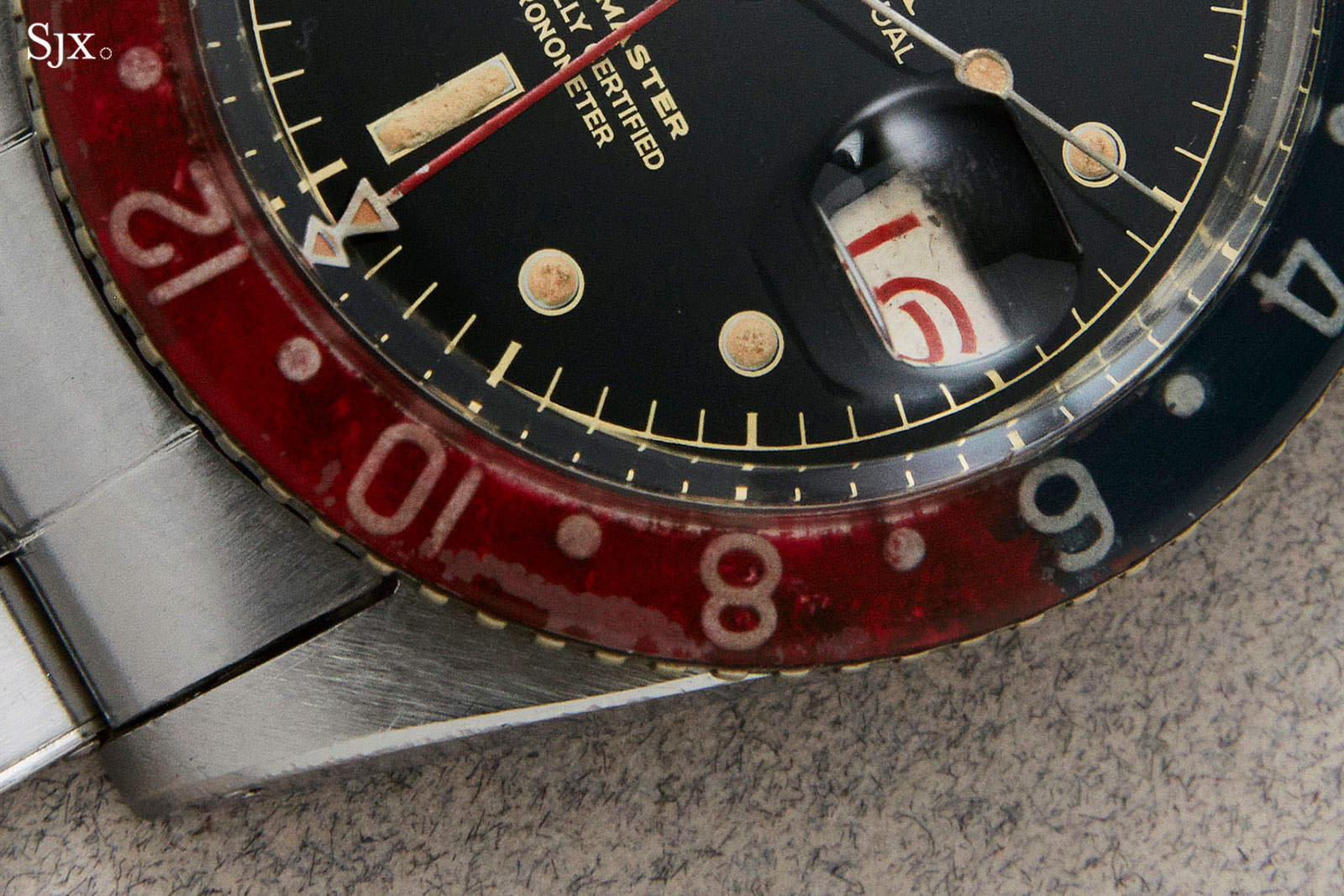
While this is the first left-handed GMT-Master known, other Rolex models in this configuration have come to market in the past, including a Sea-Dweller COMEX and a Day-Date ref. 1803 in white gold.
The left-handed GMT-Master has an estimate of HK$640,000 to HK$960,000, or US$80,000 to US$120,000.
Lot 953 – Rolex “Double Red” Sea-Dweller ref. 1665 with no escape valve
Most unusual the watch with the highest estimate in the auction (starting at US$500,000) is a Rolex that’s almost an oxymoron, specifically a Sea-Dweller ref. 1665 with no escape valve.
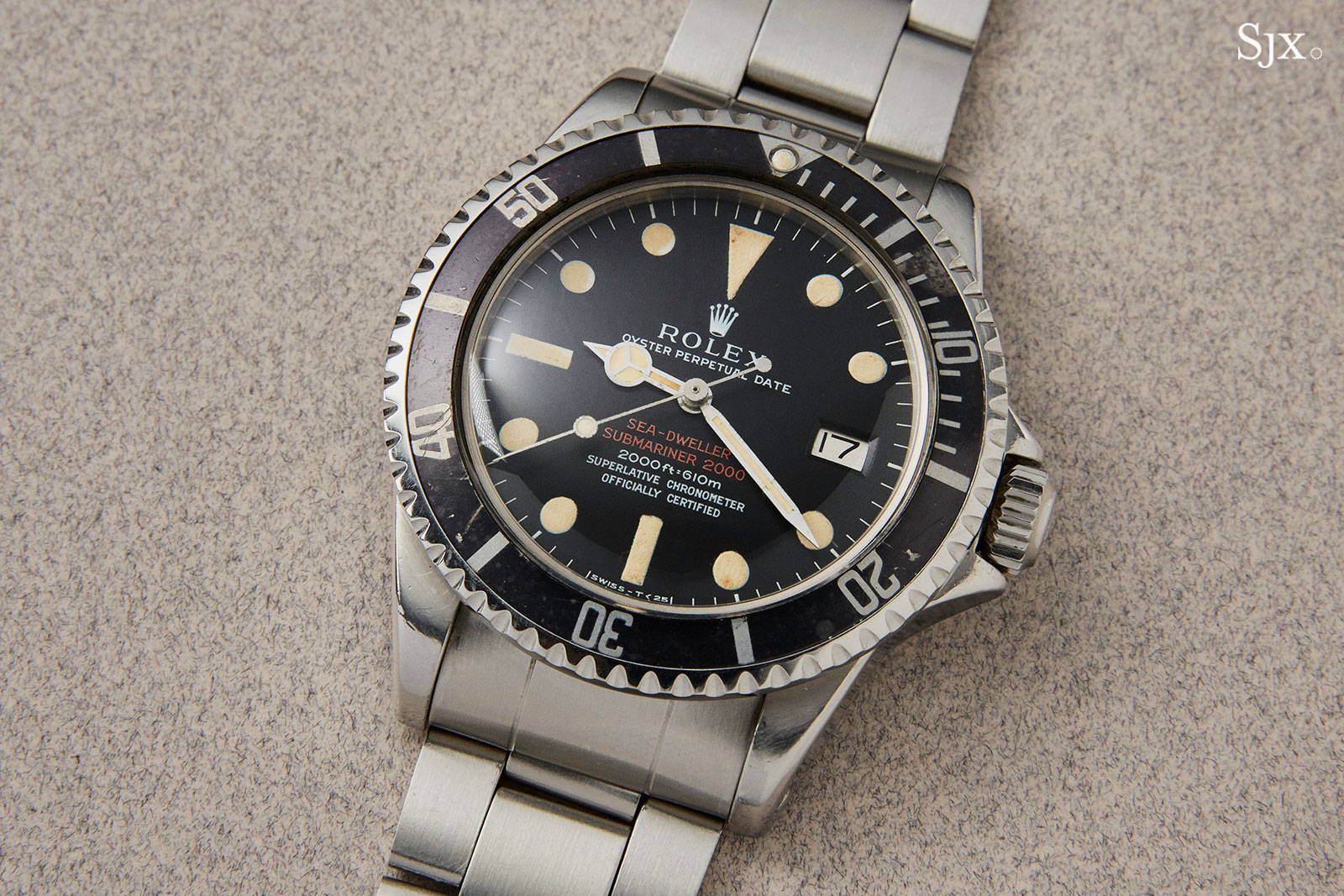
Introduced in 1967, the Sea-Dweller was a deep sea diver’s watch, conceived for professional saturation divers living in diving chambers that allowed them to work far underwater for extended periods.
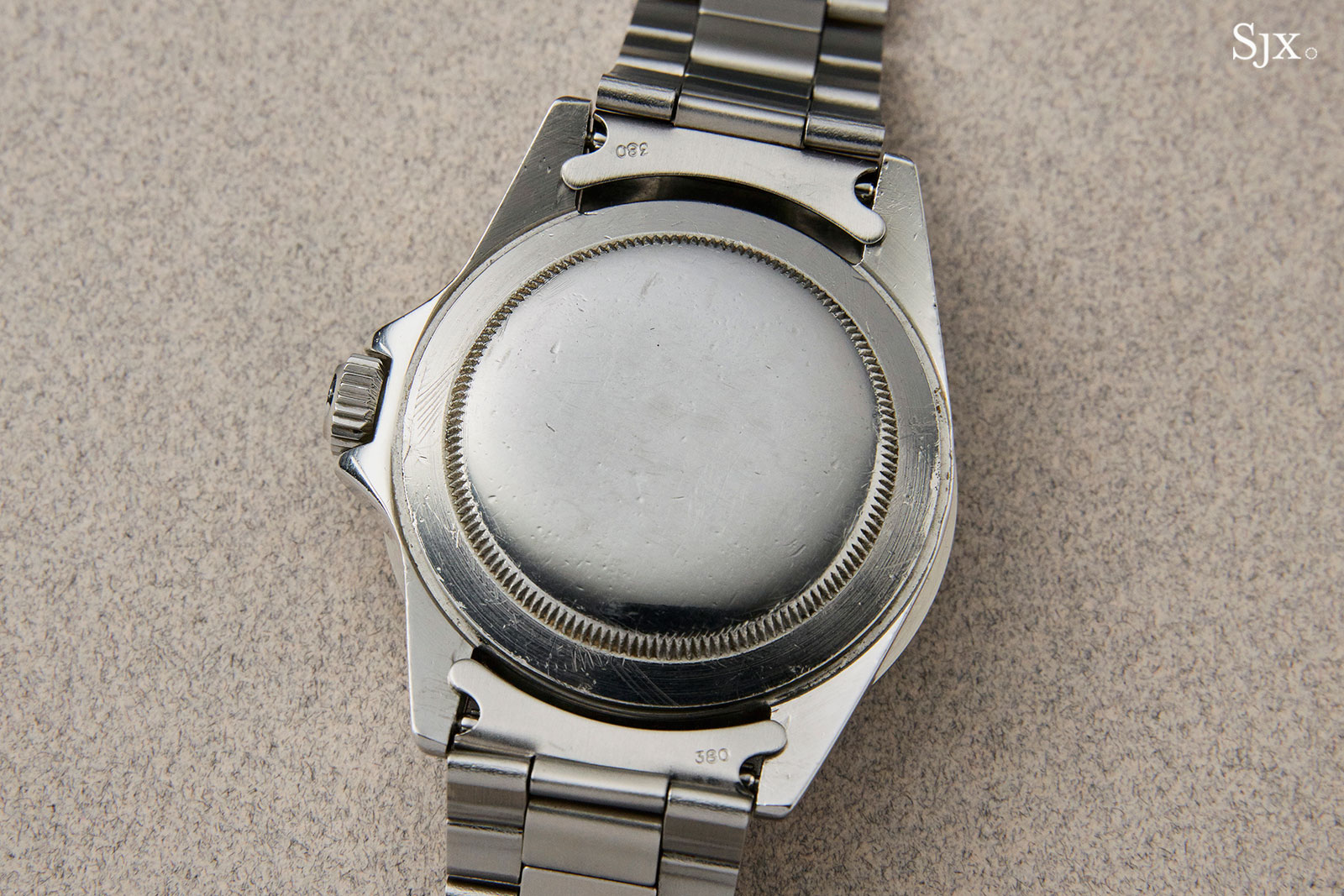
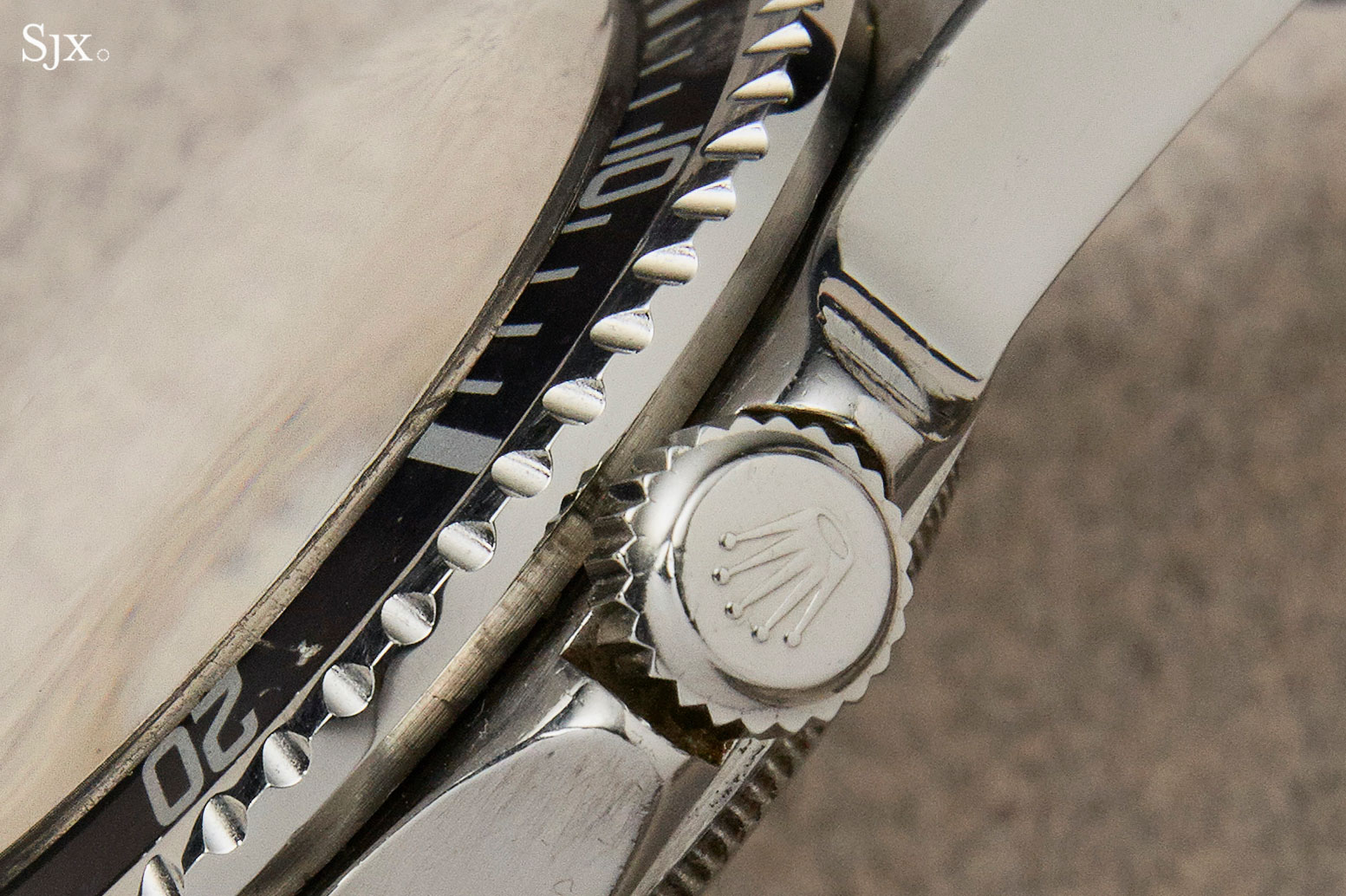
The helium escape valve was invented to allow helium, which has molecules tiny enough to enter the watch case, to escape the case during decompression, preventing the crystal from popping out due to the pressure buildup inside. It’s a simple but effect concept that Rolex still uses today in its top of the line dive watches.
A valveless Sea-Dweller is thus exceptionally peculiar and rare. According to Phillips, they were most likely produced for the Tektite programs, set up by the US government to have scientists live and conduct research in a diving chamber underwater. Because the Tektite habitat was only 15m deep, the atmosphere inside was not saturated, meaning no valve was needed.
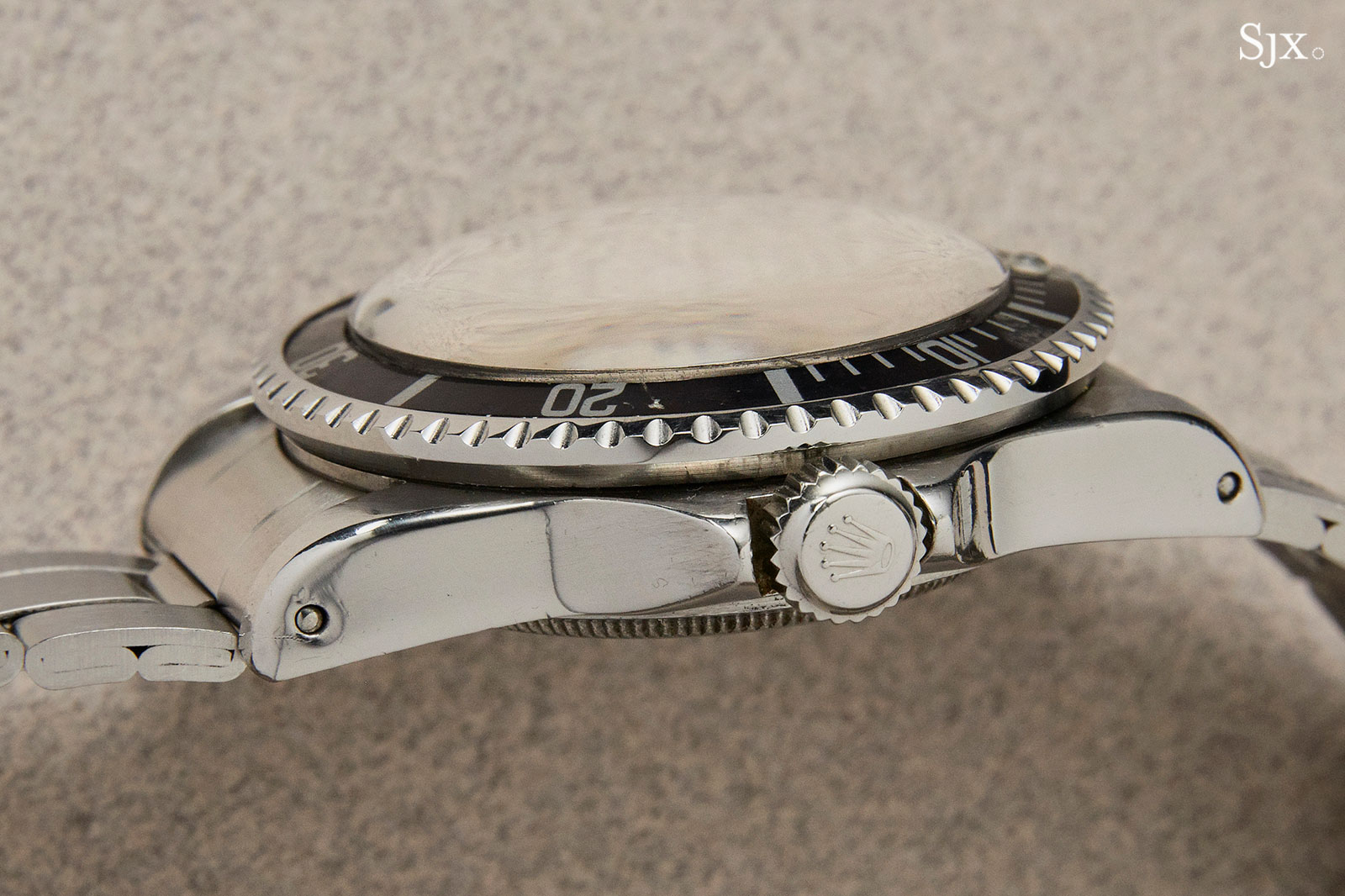
Less than 10 Tektite watches are known, with most being “Single Red” Sea-Dwellers with one line of red lettering on the dial. This example is one of the few “Double Red” models, which is why it is so rare.
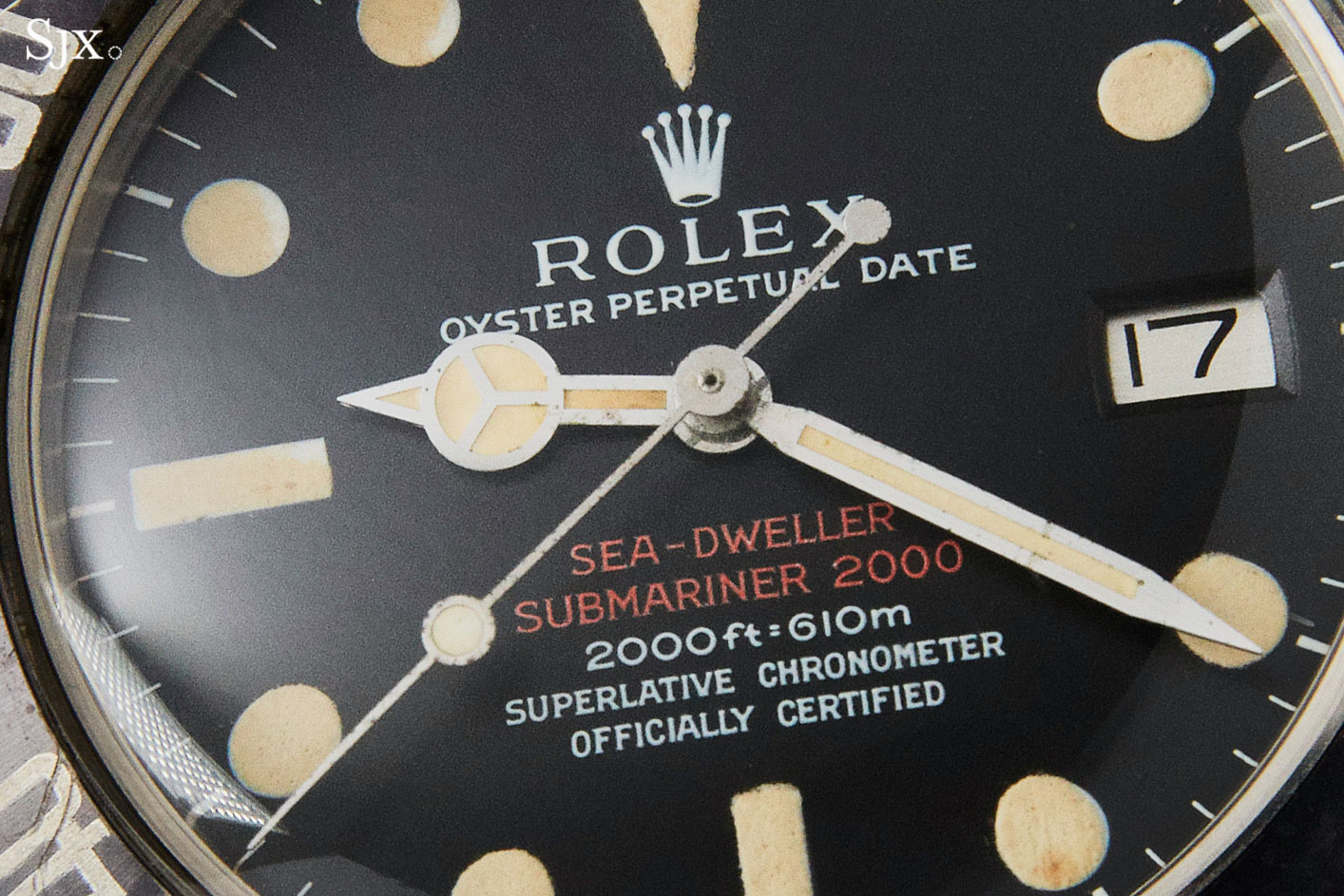
The estimate is HK$4.0m to HK$8.0m, or US$500,000 to US$1.0m.
Lot 956 – Rolex Submariner ref. 1680 “Red Khanjar”
This is a watch gifted by the Sultan of Oman, hence the emblem of Oman in red. It’s centred on a sheathed khanjar, a curved dagger unique to the Sultanate.
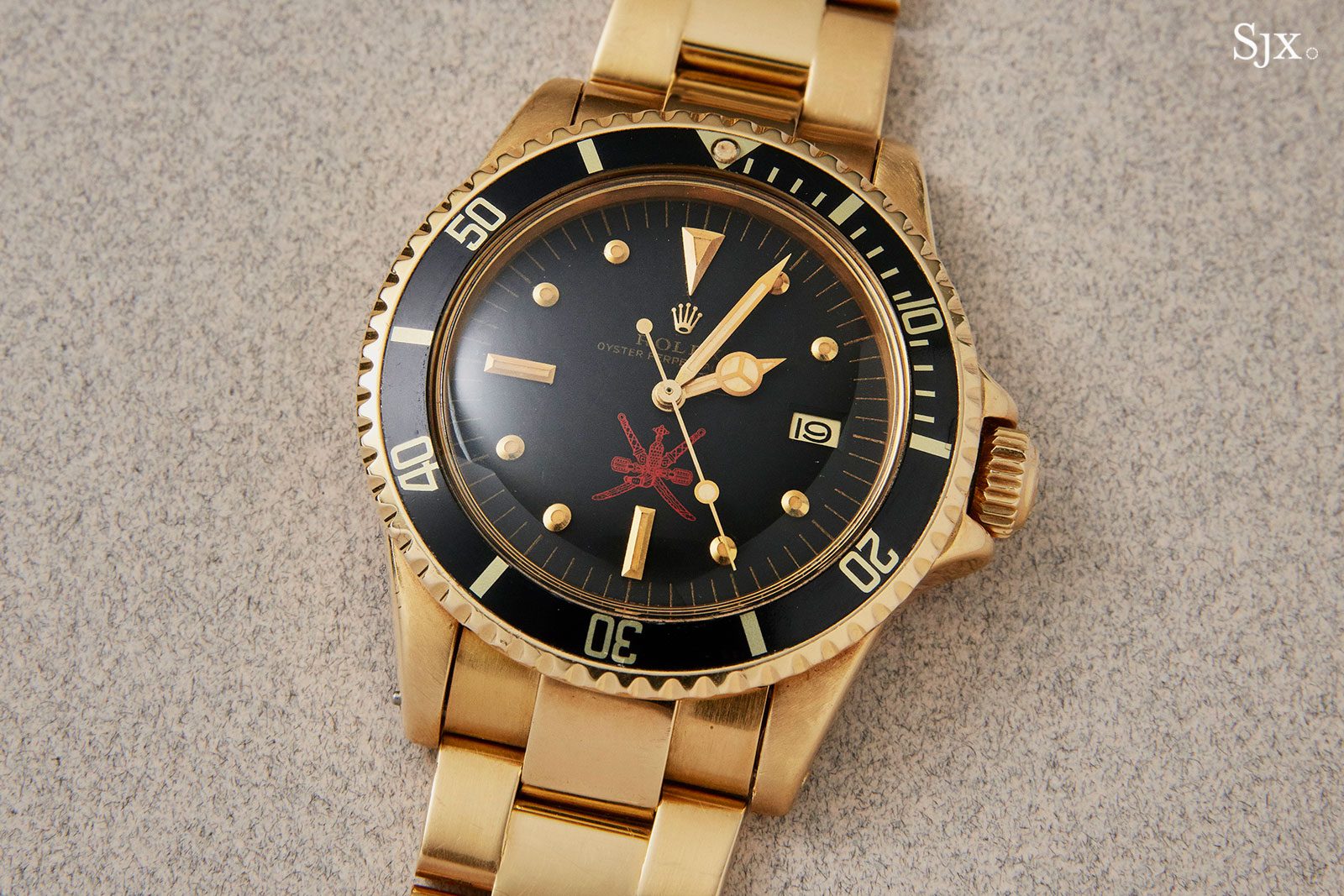
The emblems come in three different flavours – red, green or gold – and can be located at six, nine or 12 o’clock. This particular “nipple dial” Submariner has it in red at six o’clock, which combined with the 18k gold case, makes it the only known example in this combination.
Another element that marks it out as a watch destined fo the Sultanate is the case serial number engraved on the inside of the case back, in addition to its usual place between the lugs.
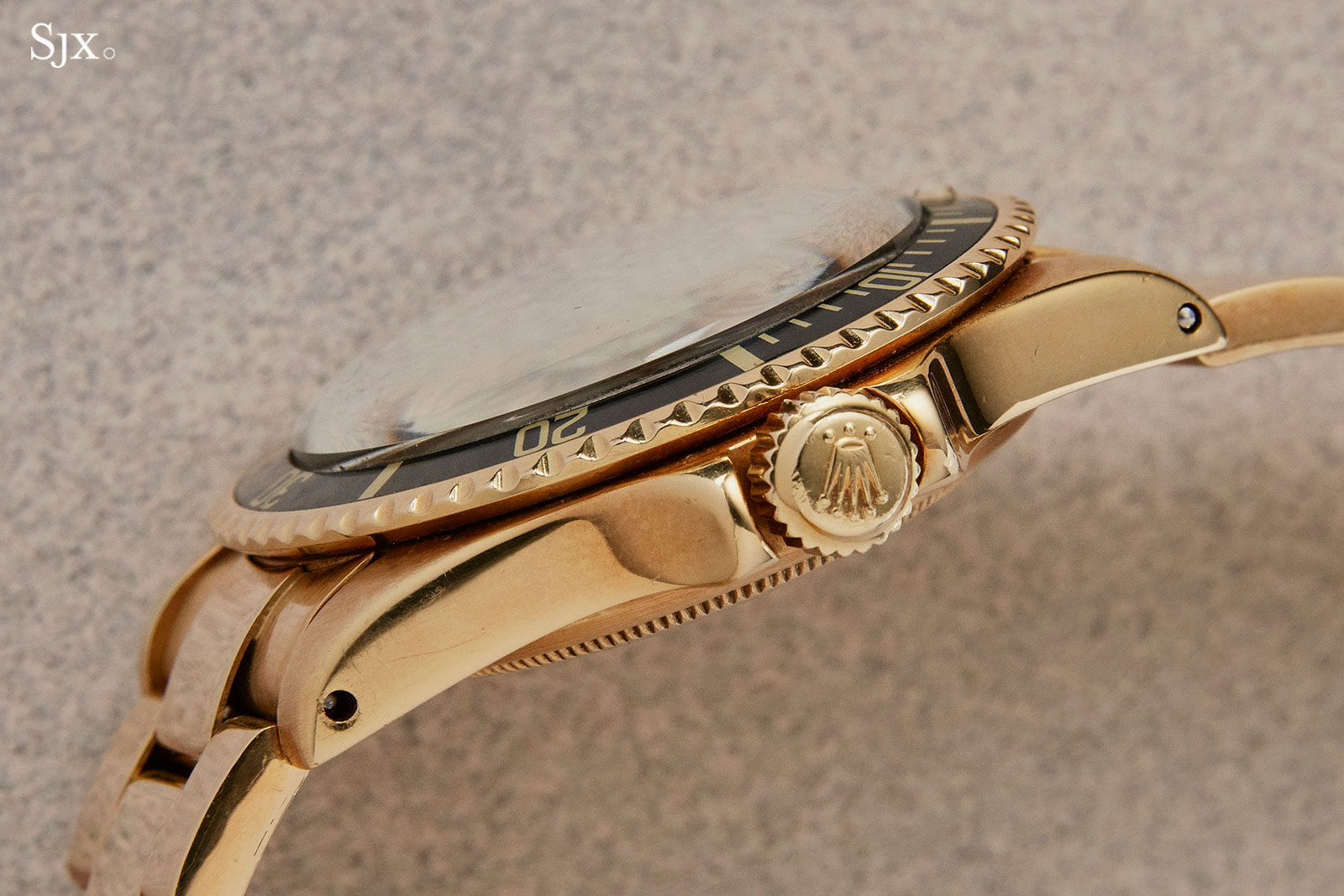
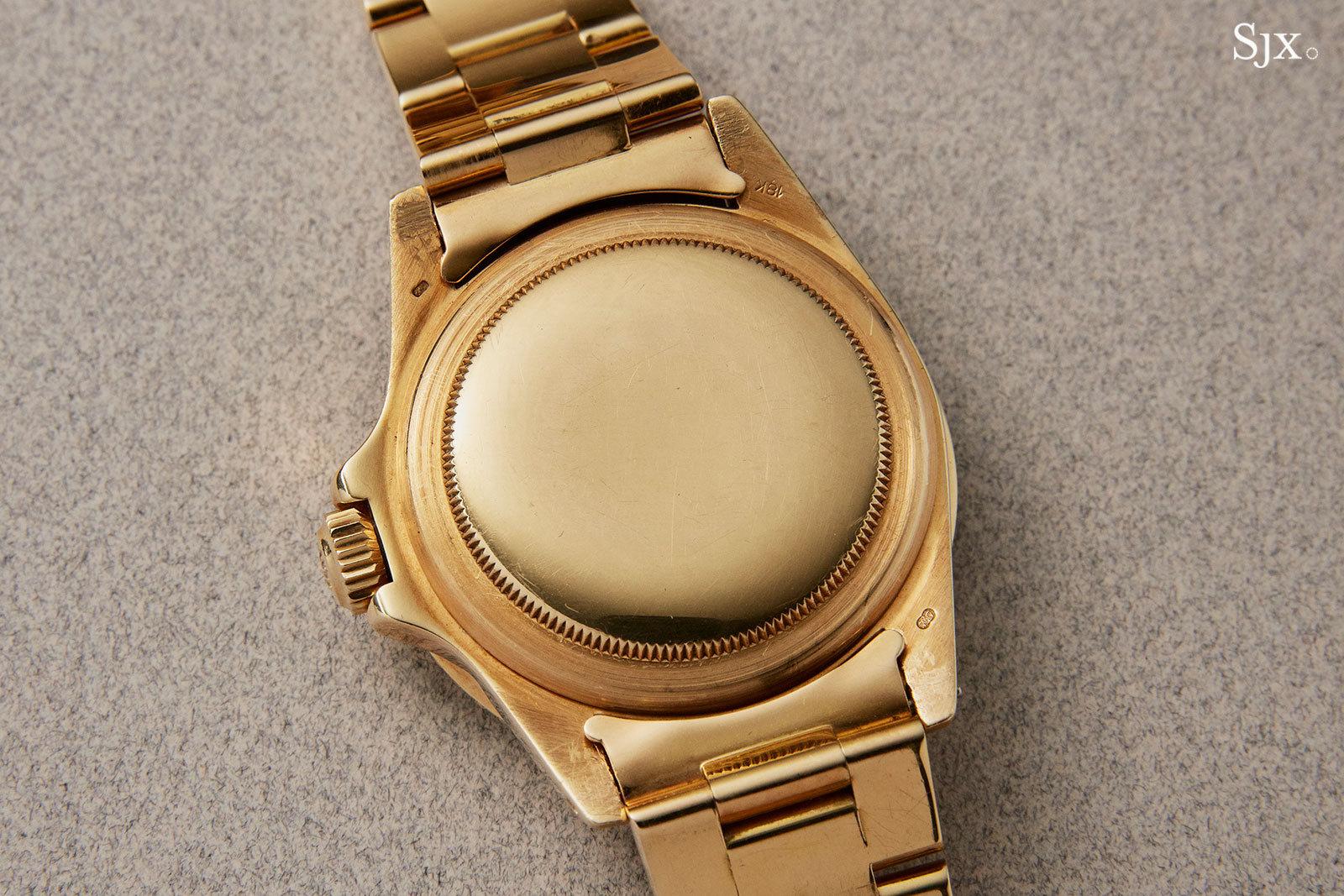
This example has an extremely well preserved dial, with the red “khanjar” being notably striking against the black dial with gold indices and hands; rarity aside, it is a good looking watch. The case has been slightly rounded over time, as is often the case with gold watches.
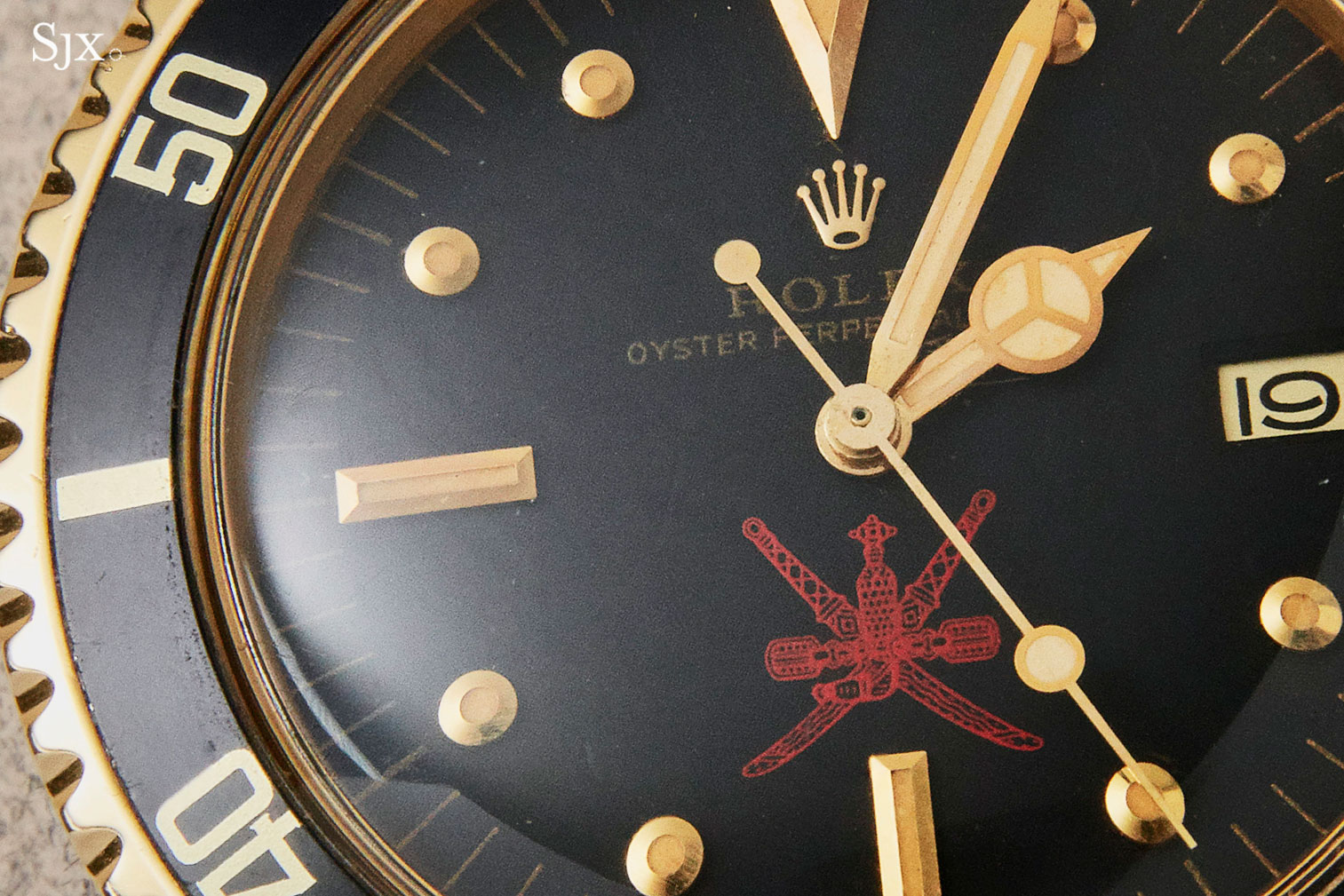
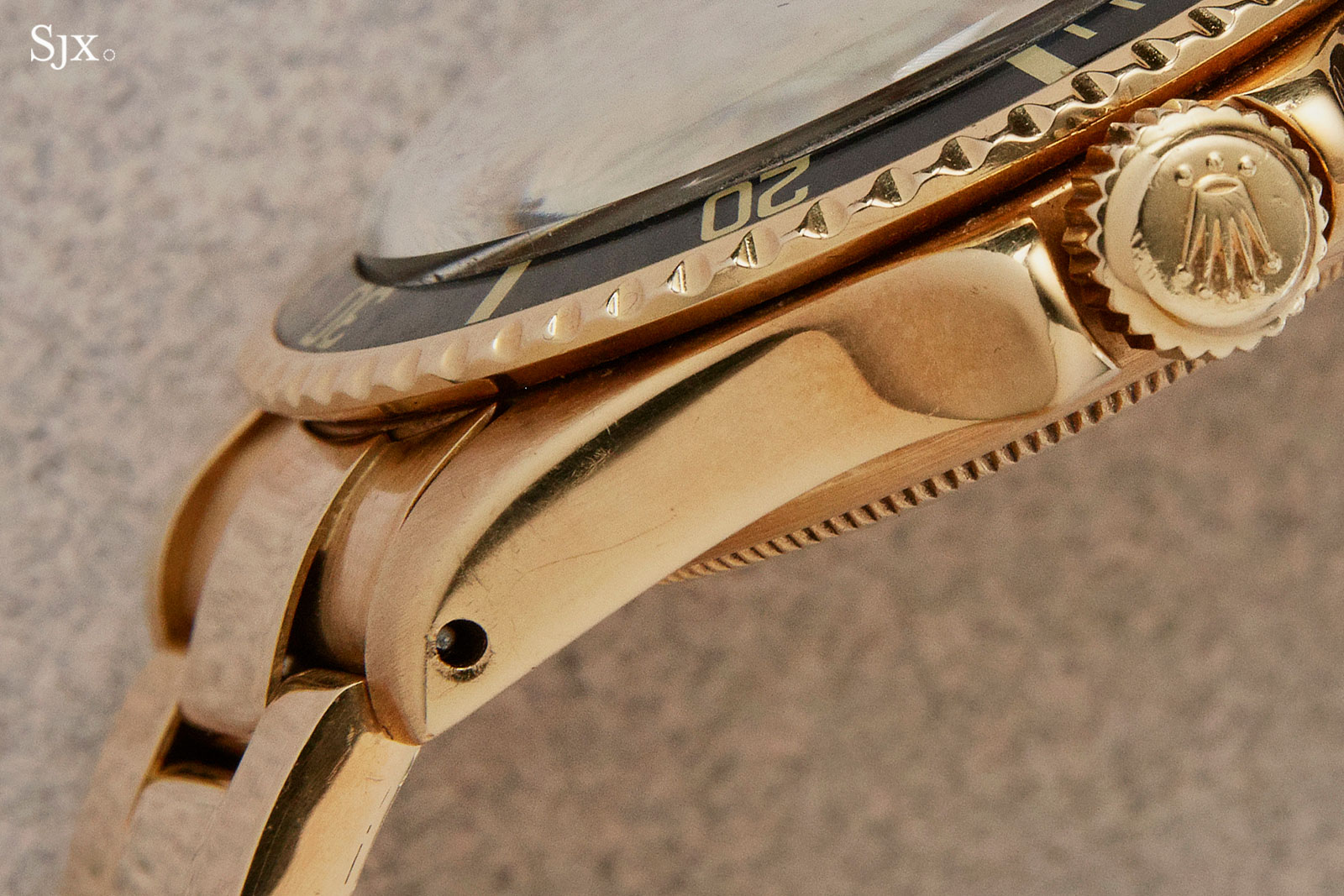
The estimate is HK$1.2m to HK$2.4m, or US$150,000 to US$300,000.
Auction and exhibition
The lots will be on show from May 24 to 28 at the Mandarin Oriental in Hong Kong. All the lots can also be seen online here.
The auction takes place on May 29 at 1pm at the same venue.
This was brought to you in collaboration with Phillips.
Back to top.